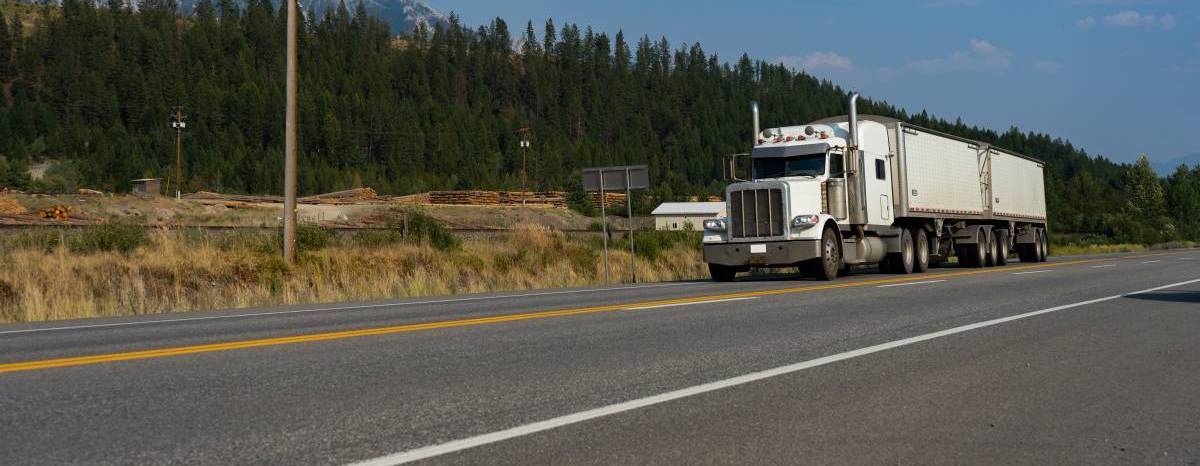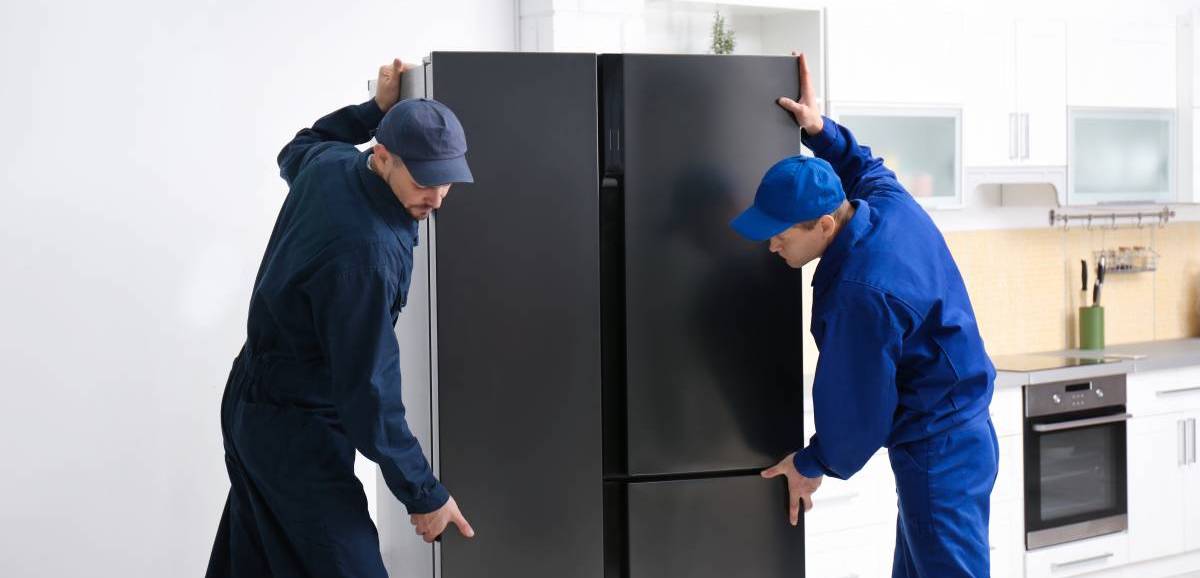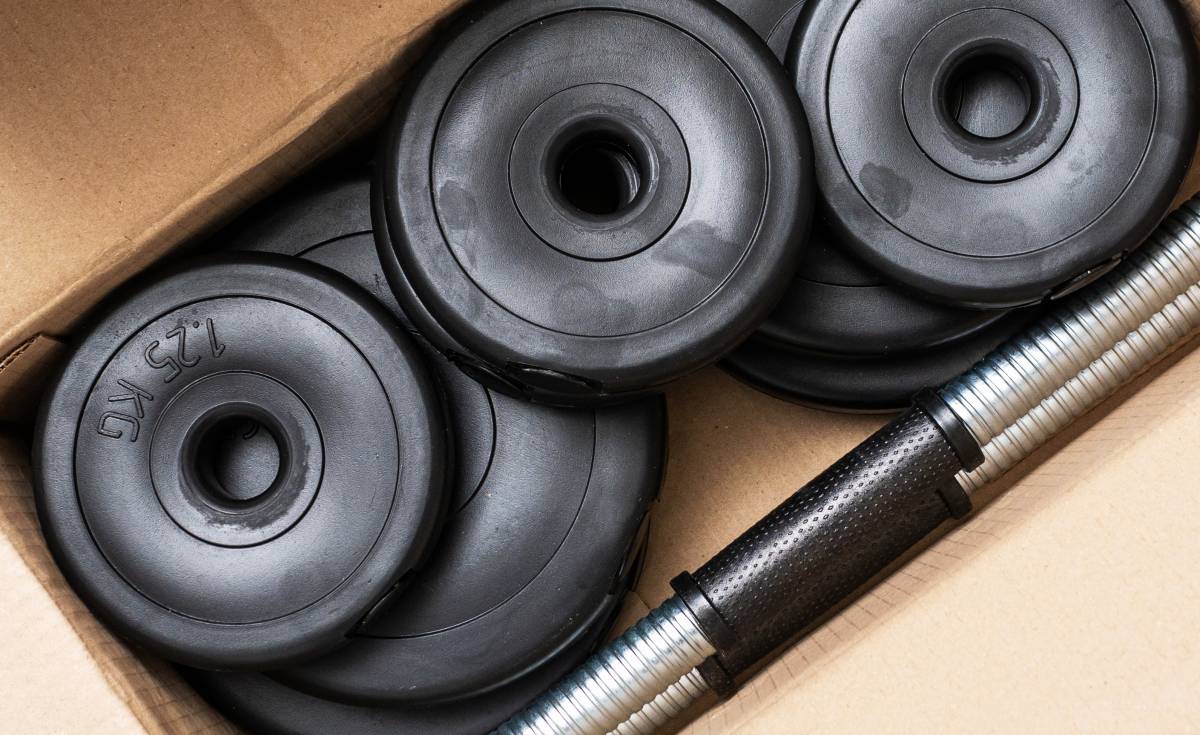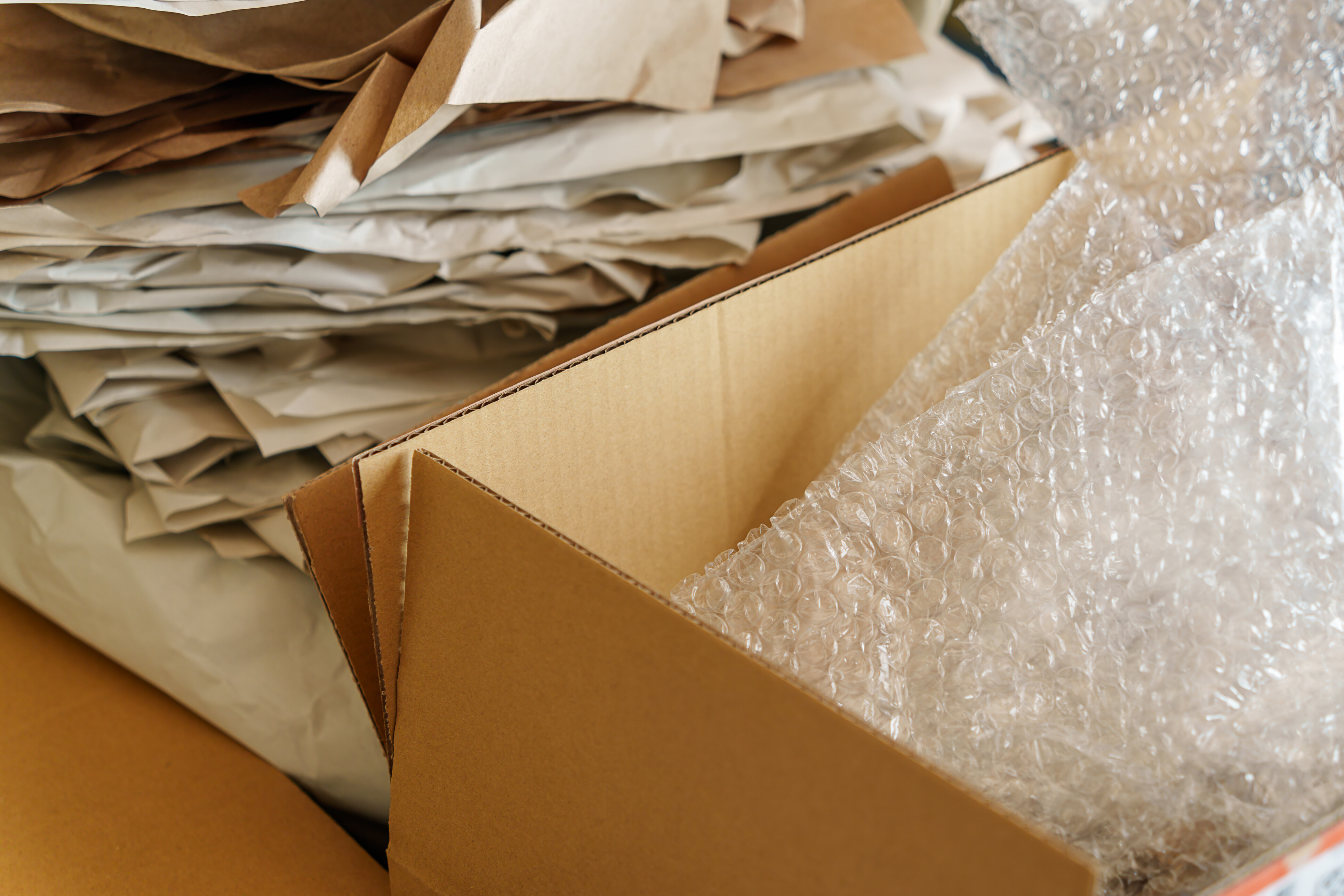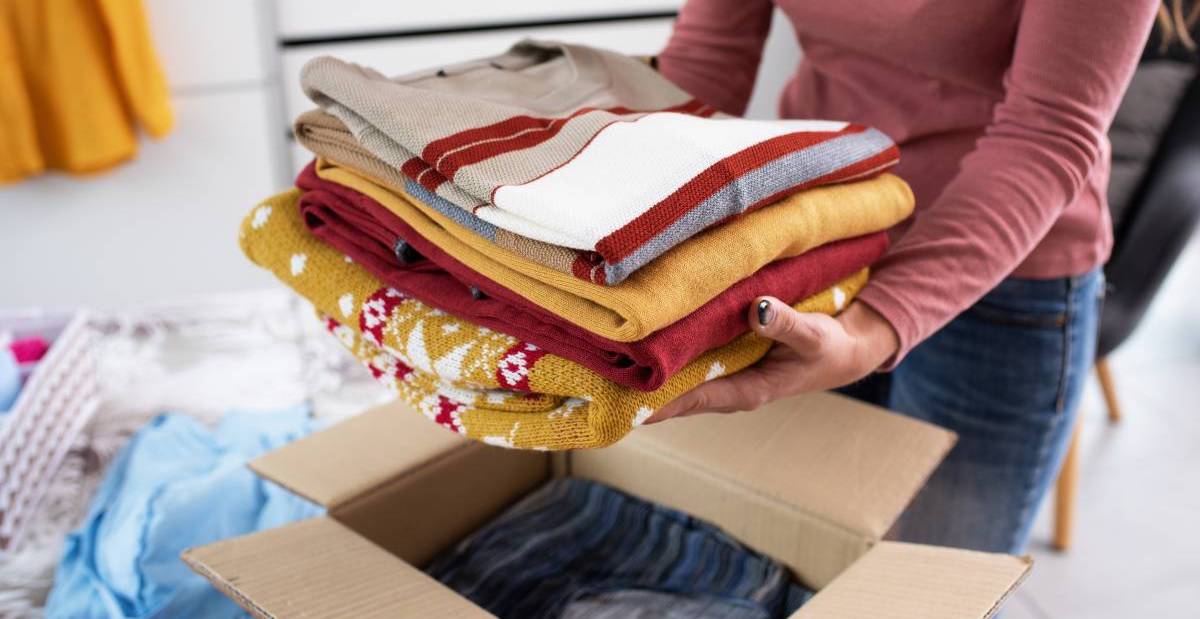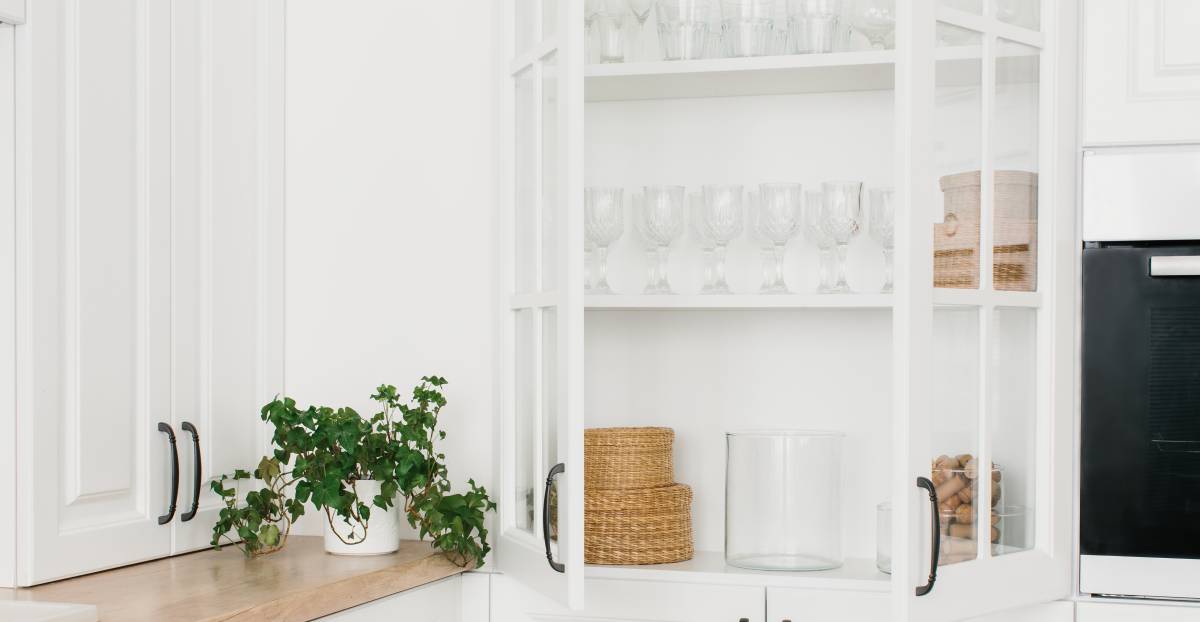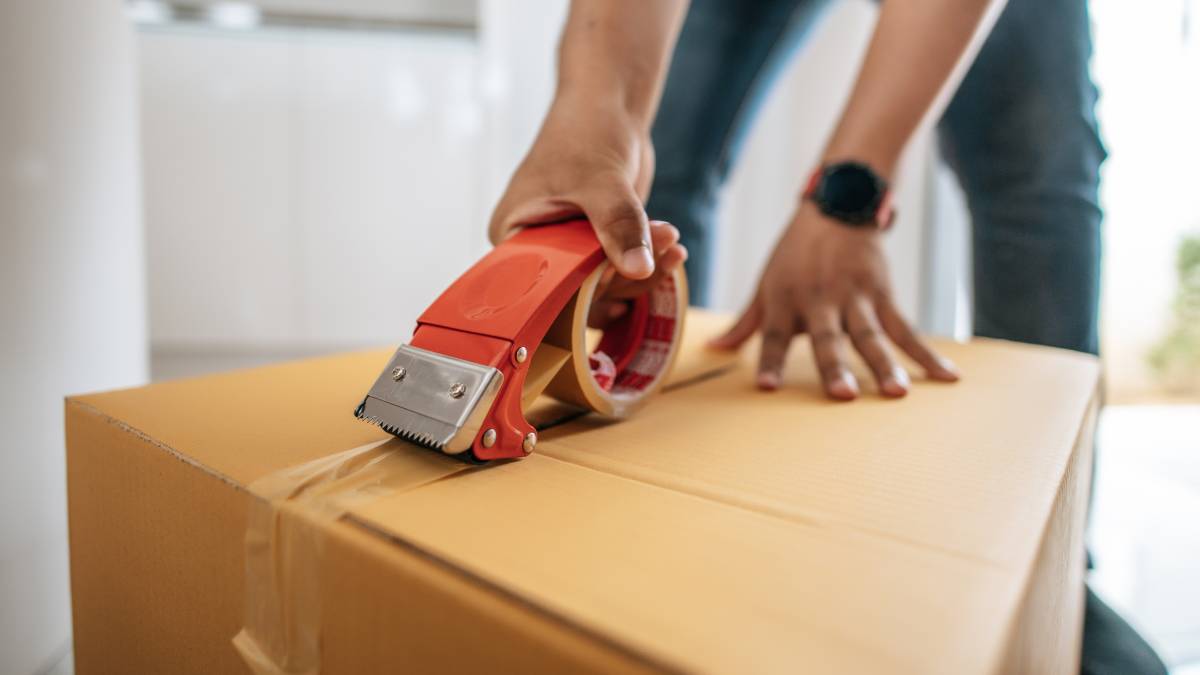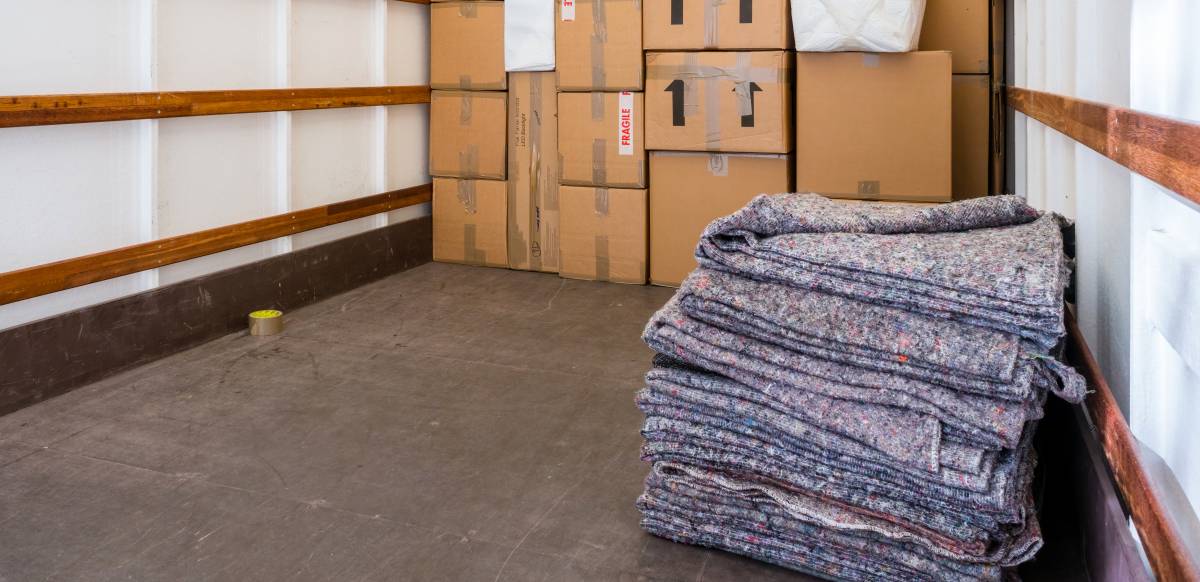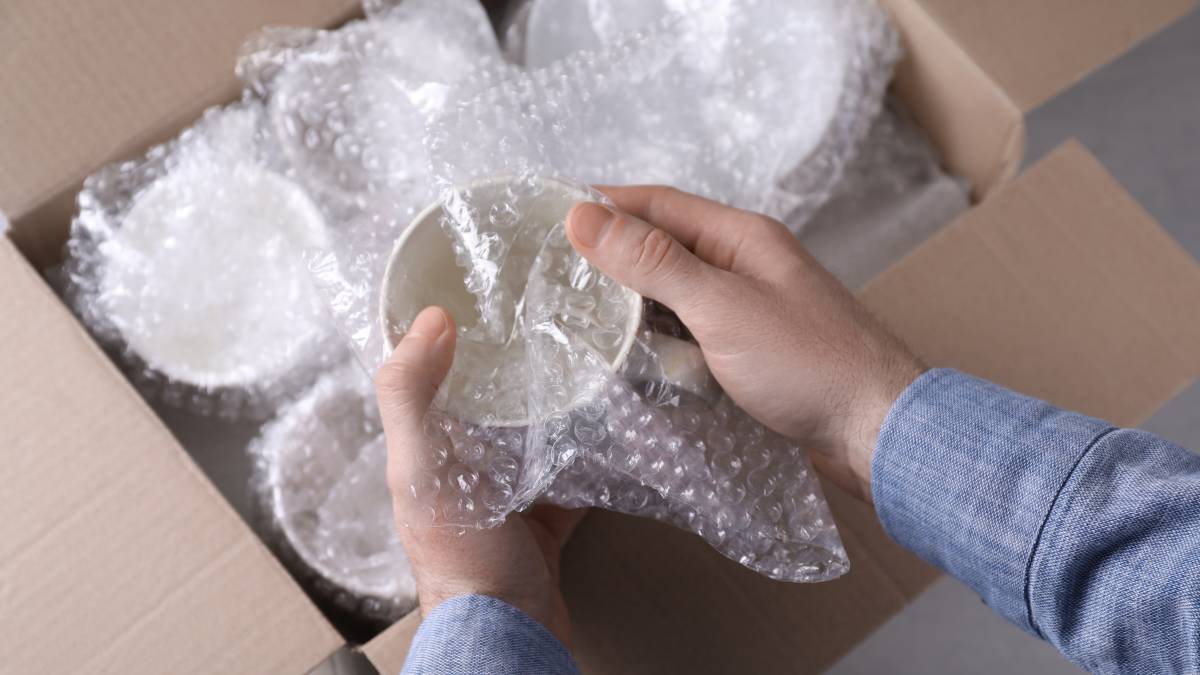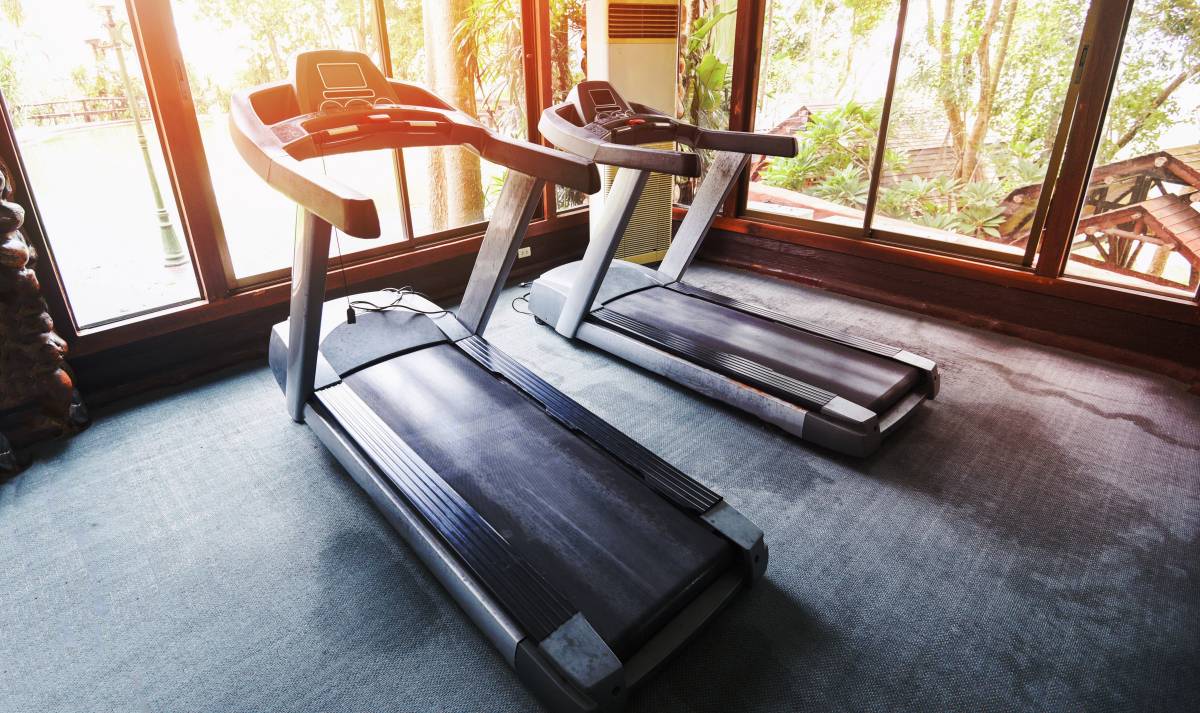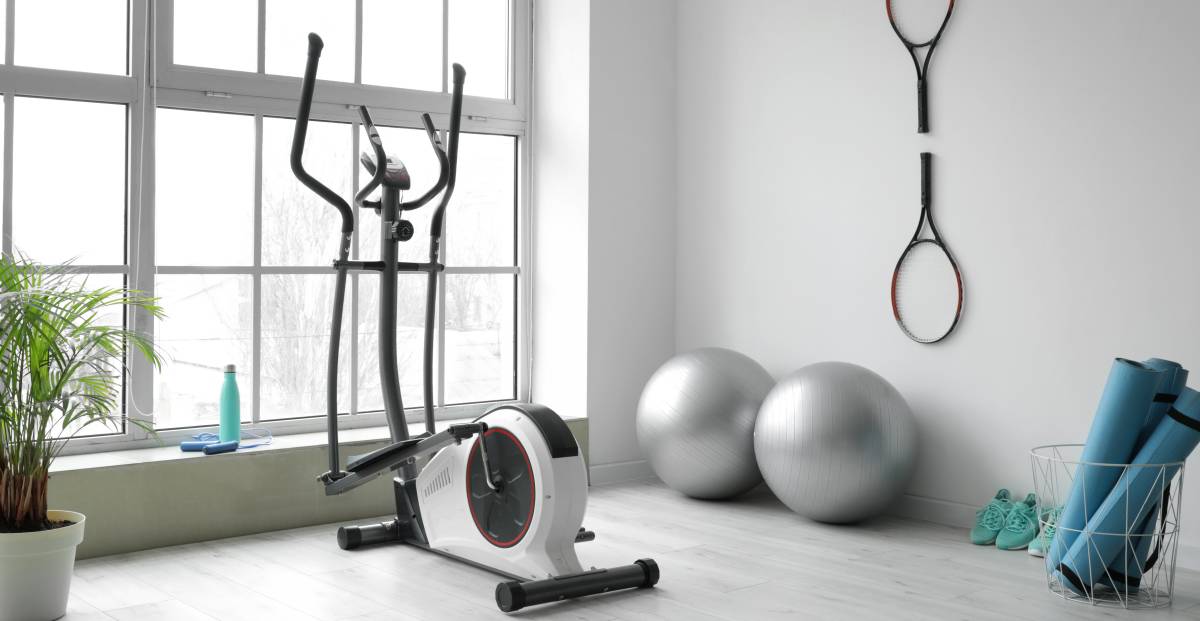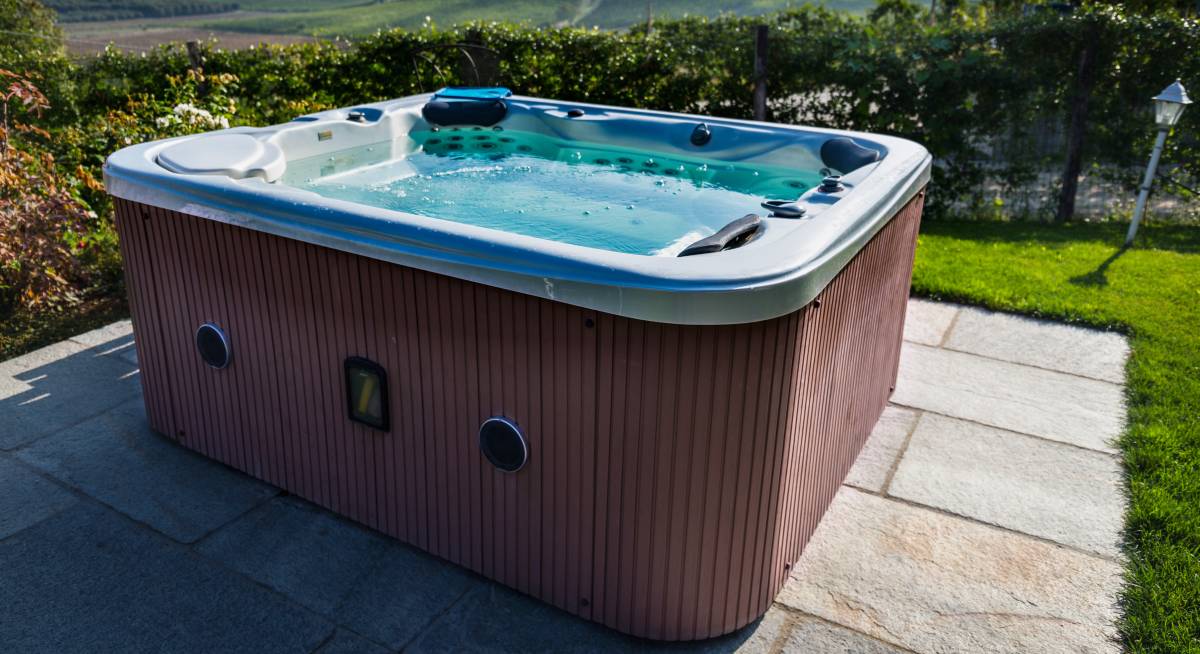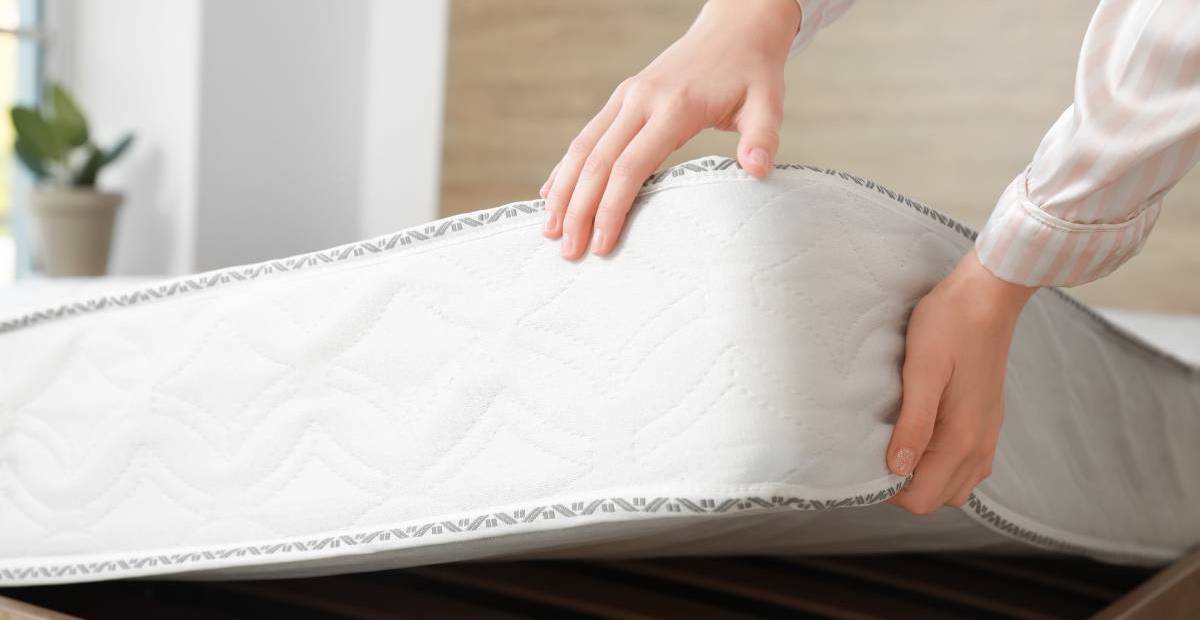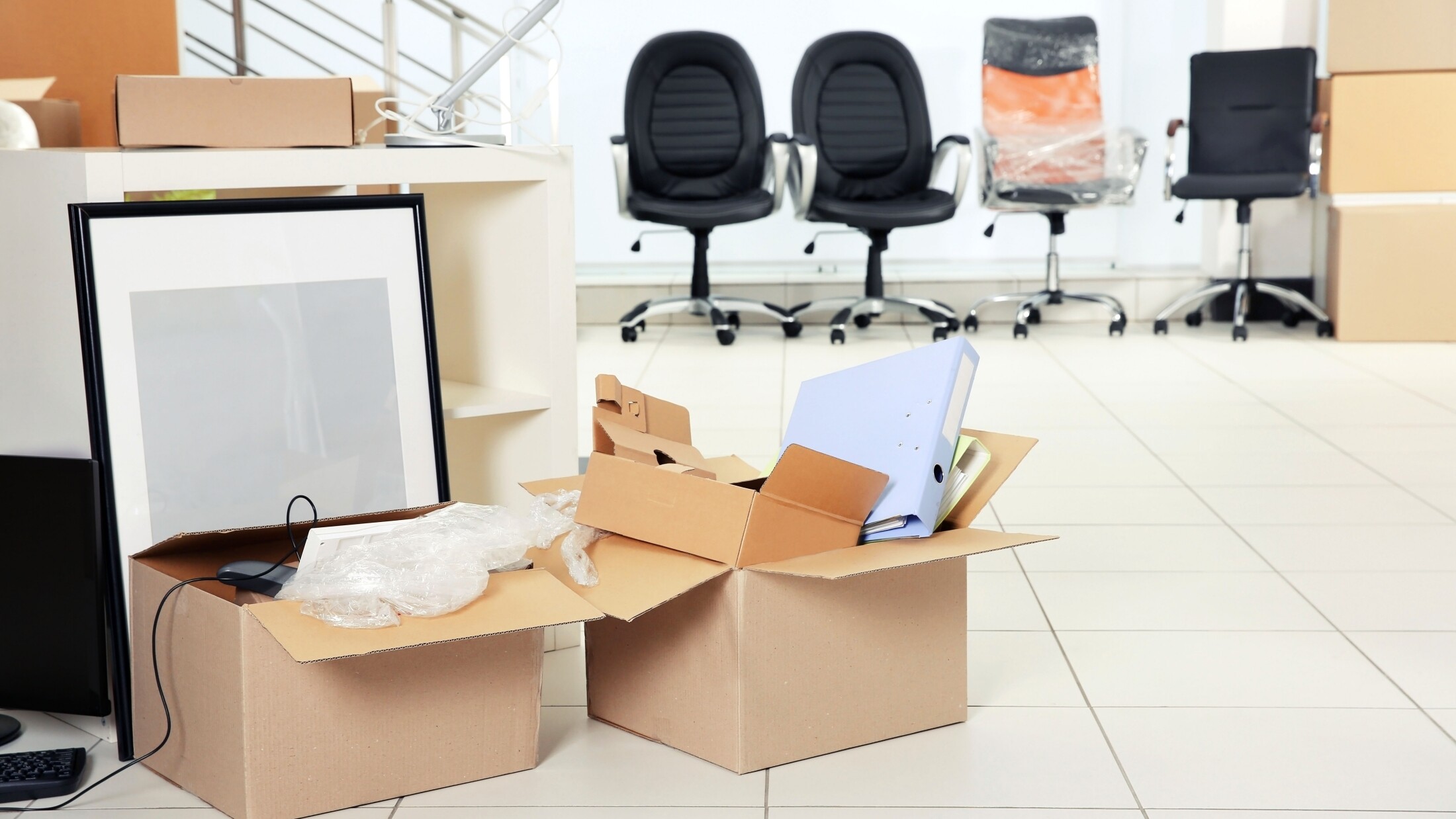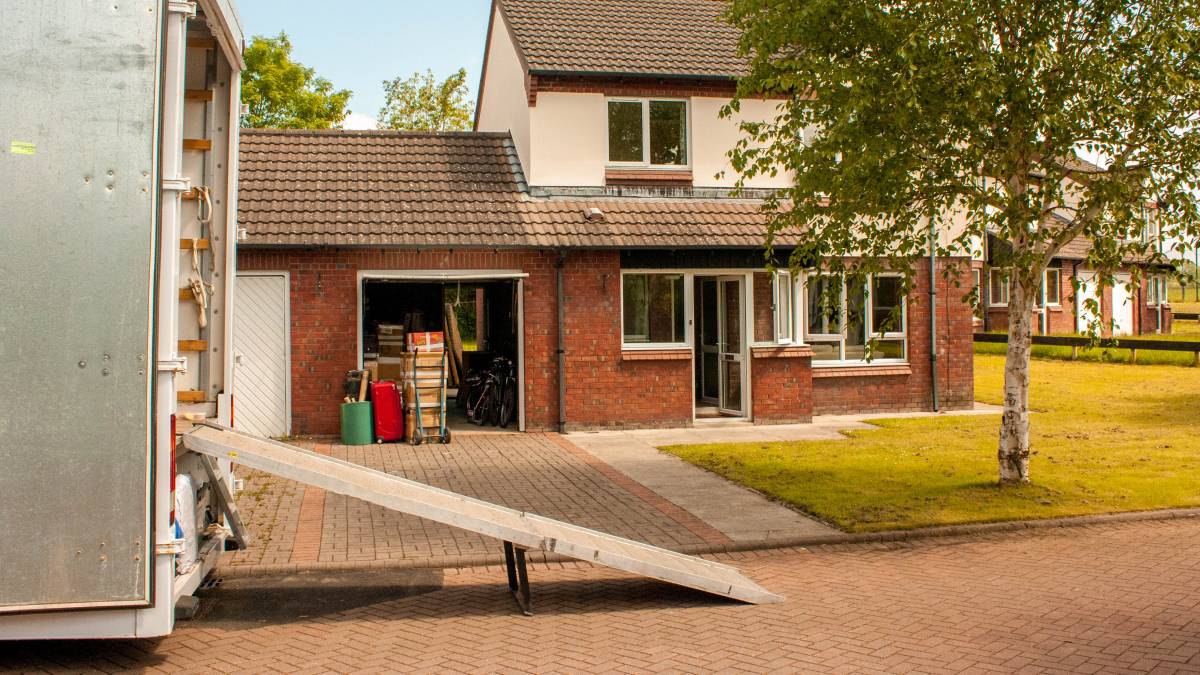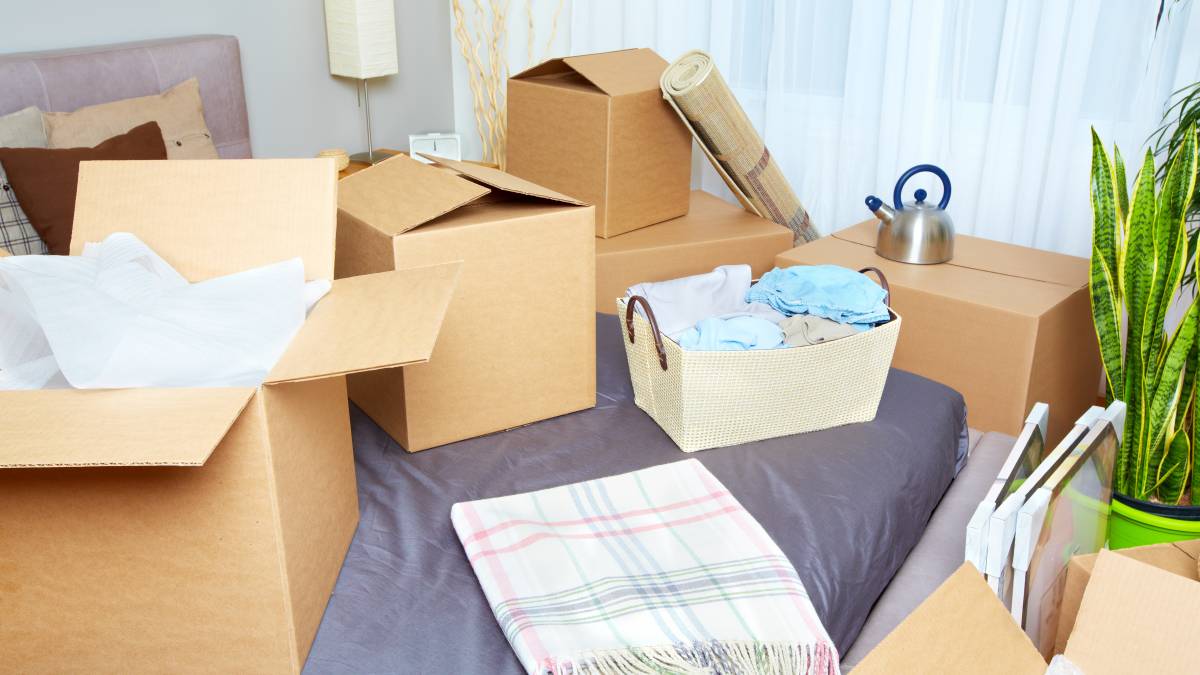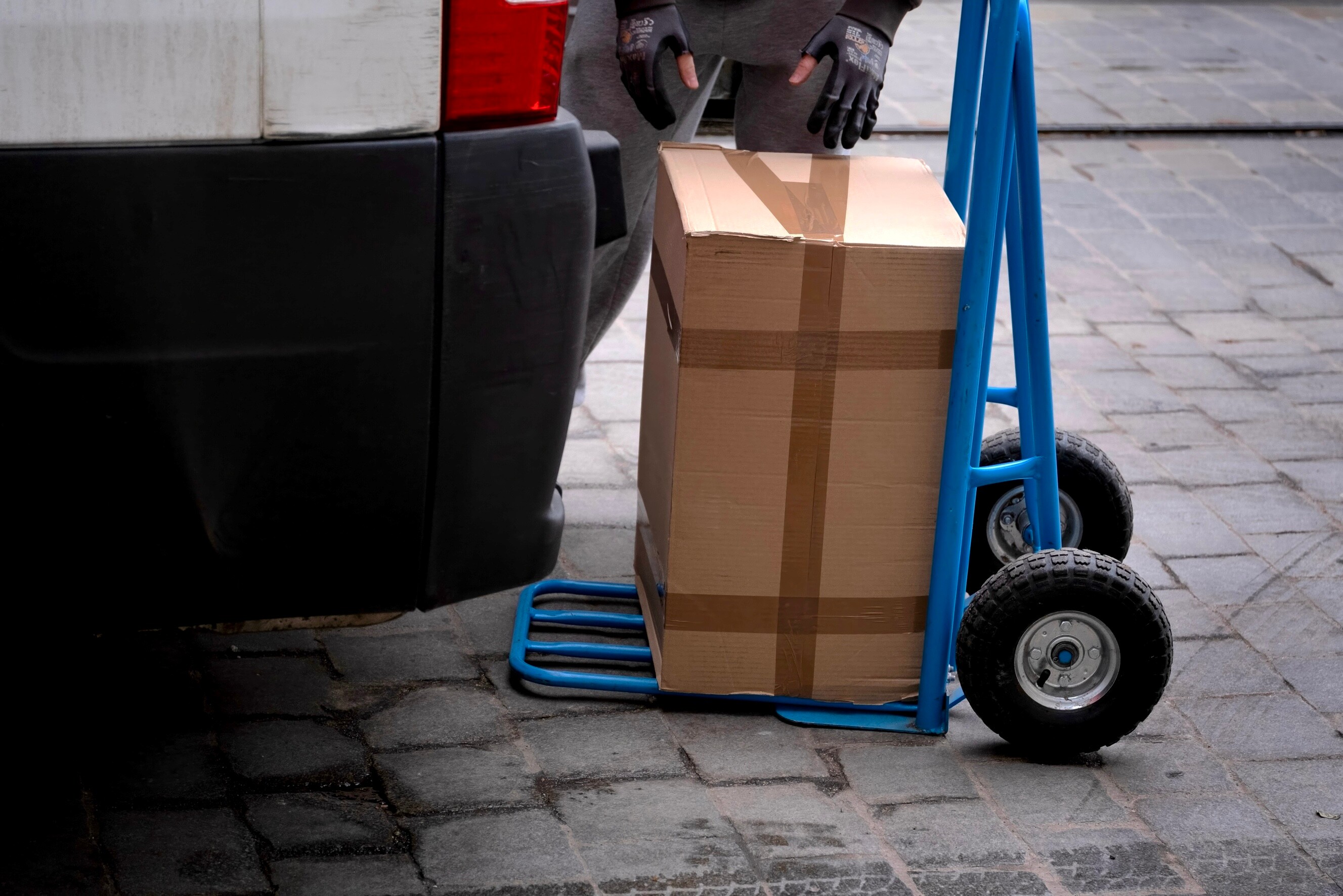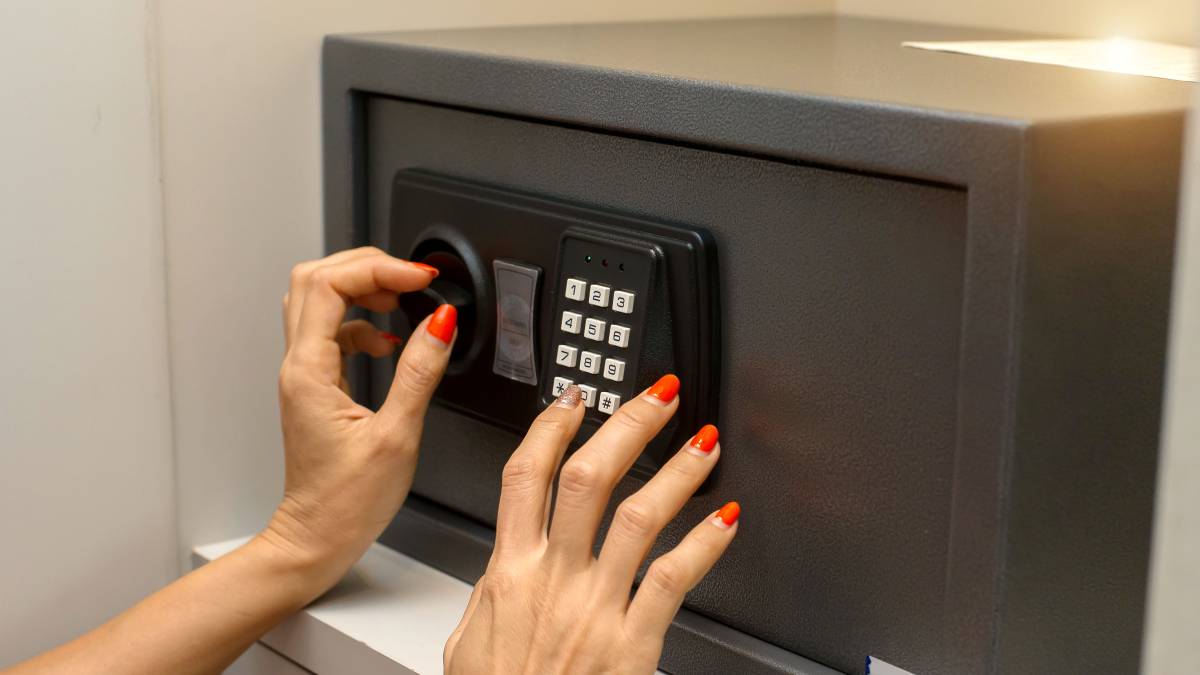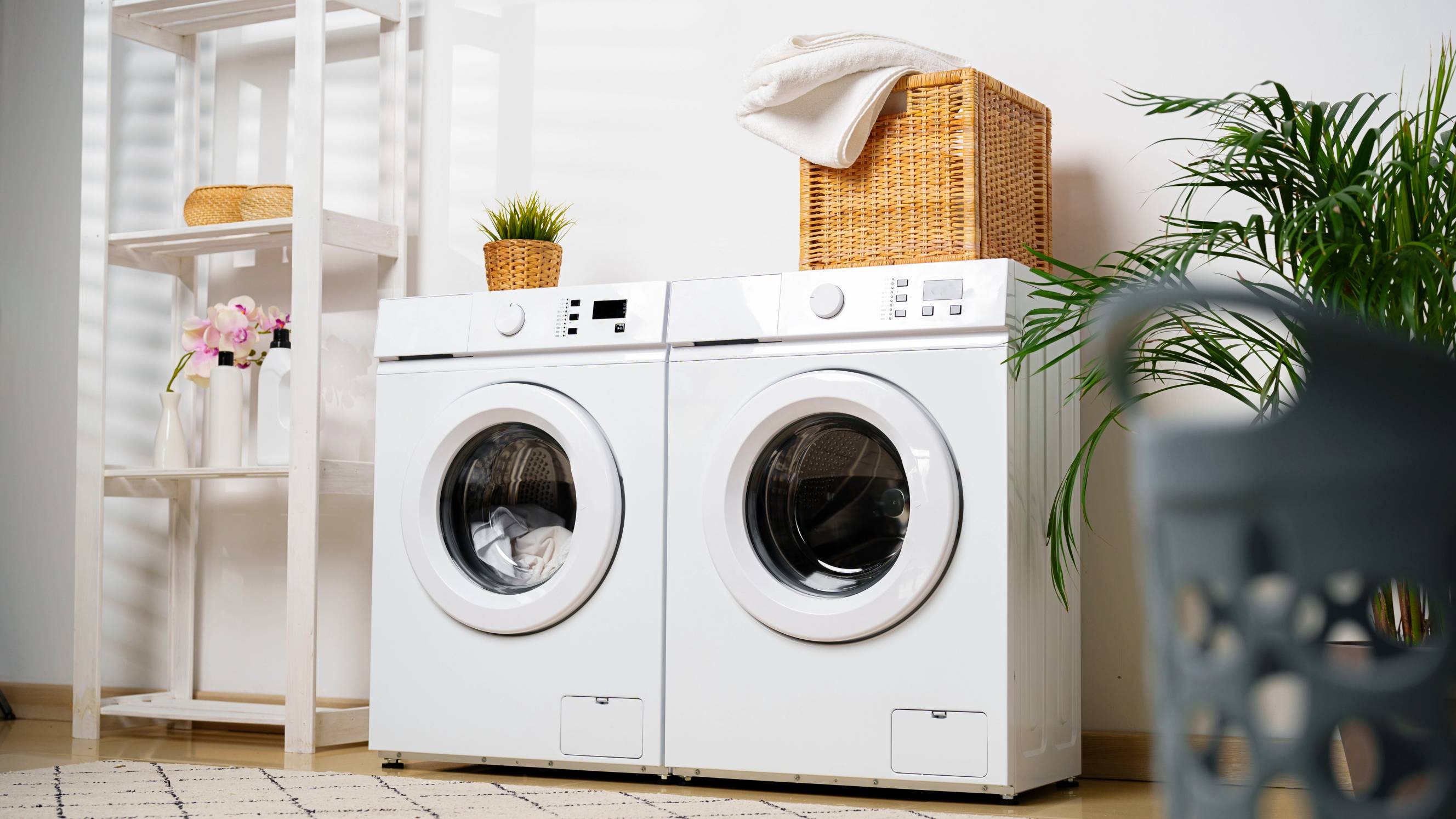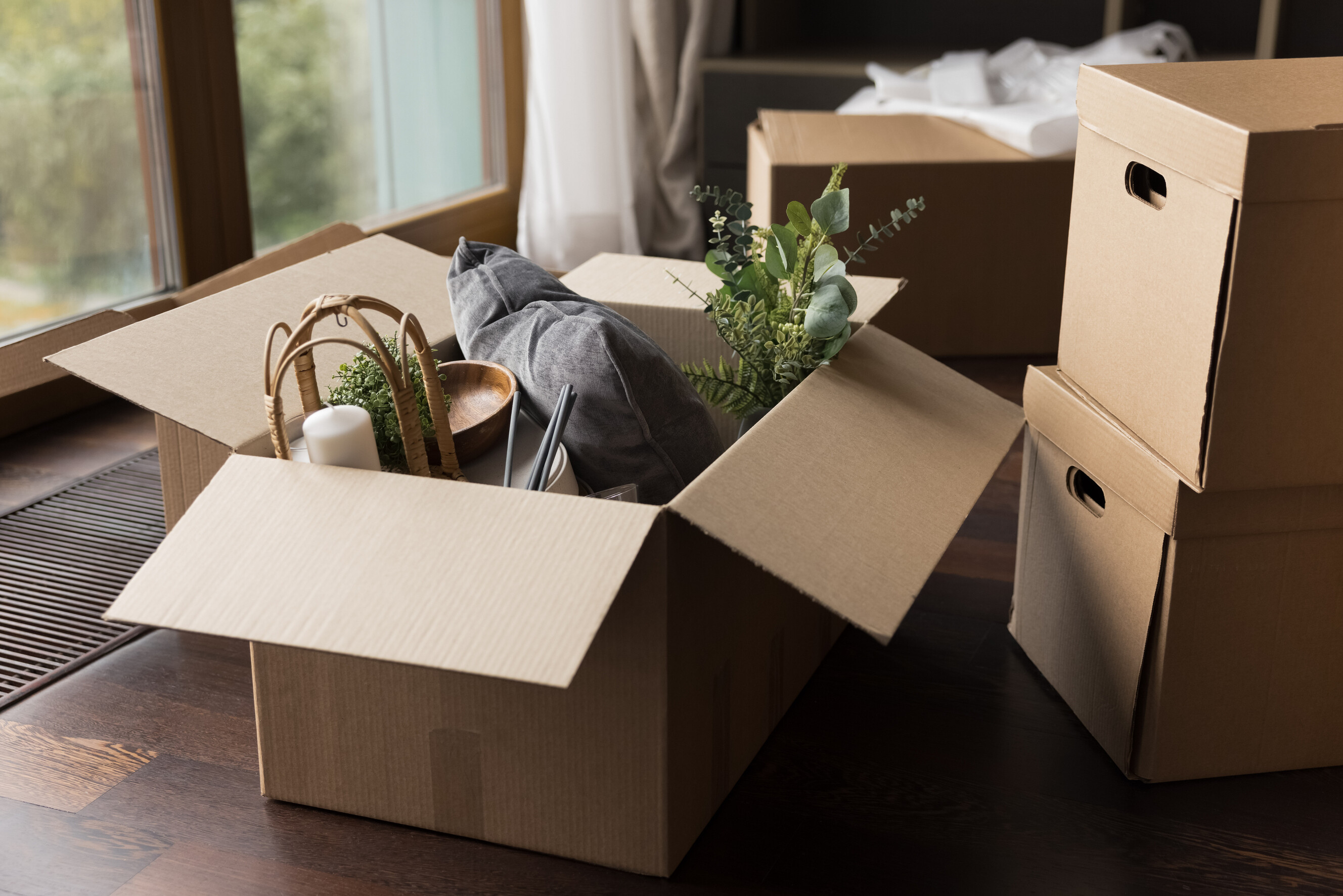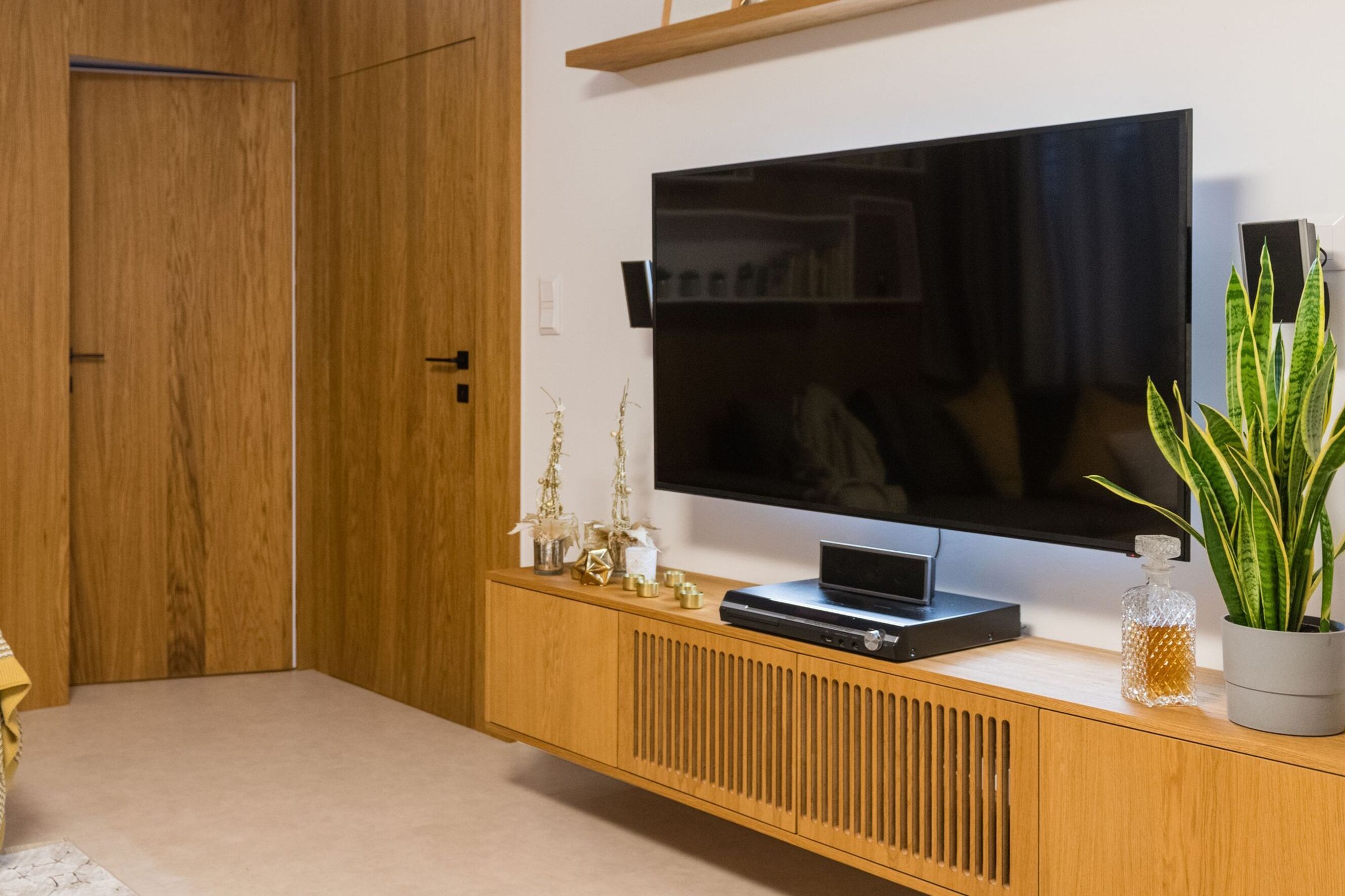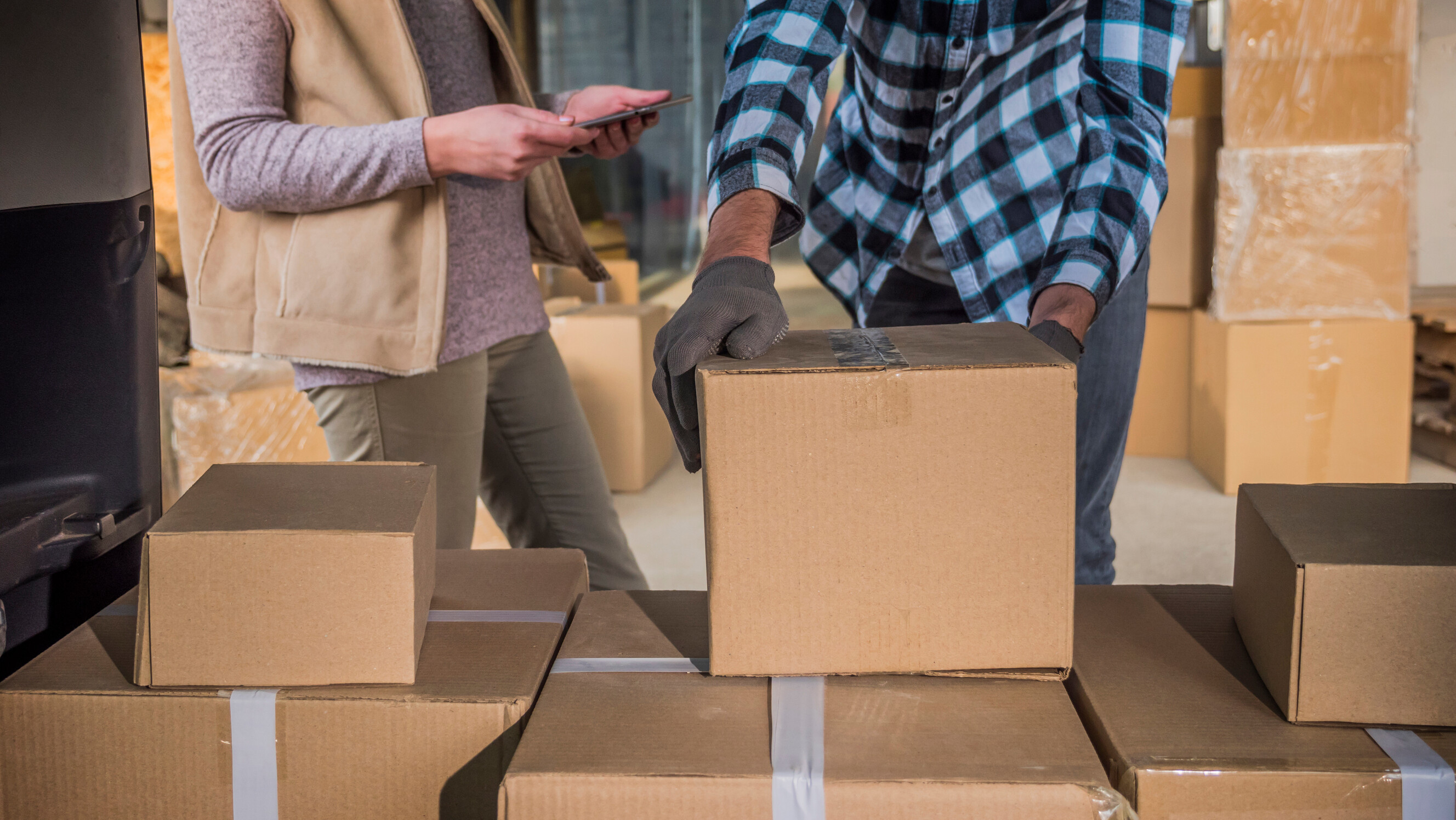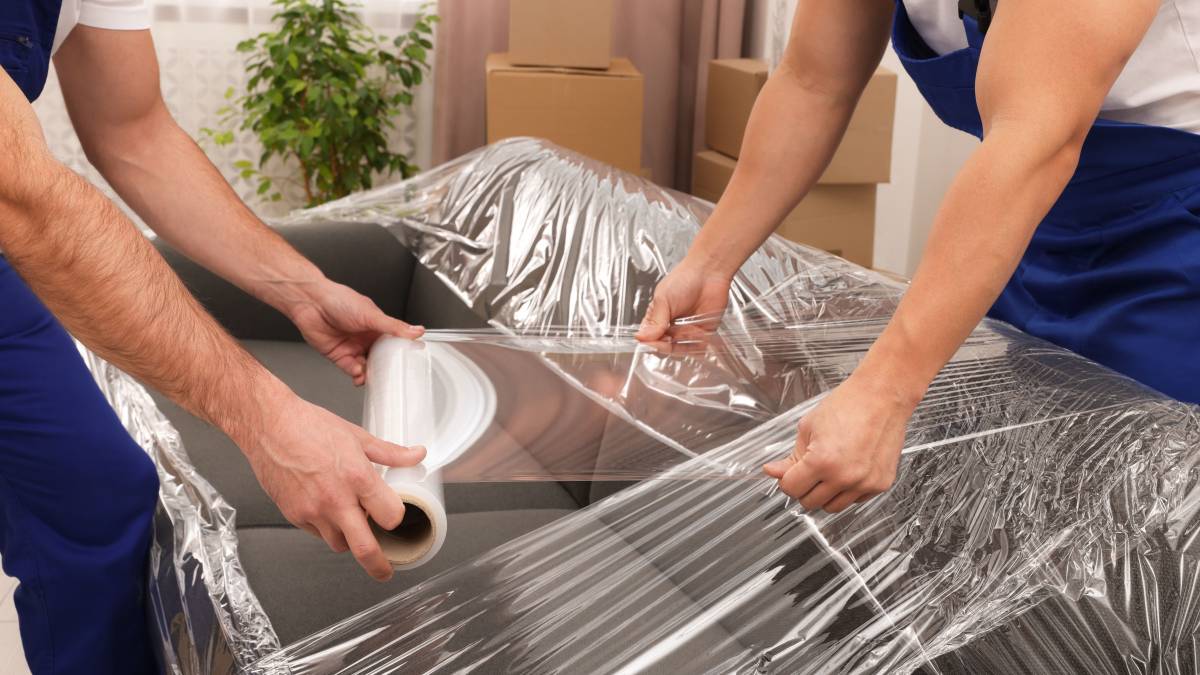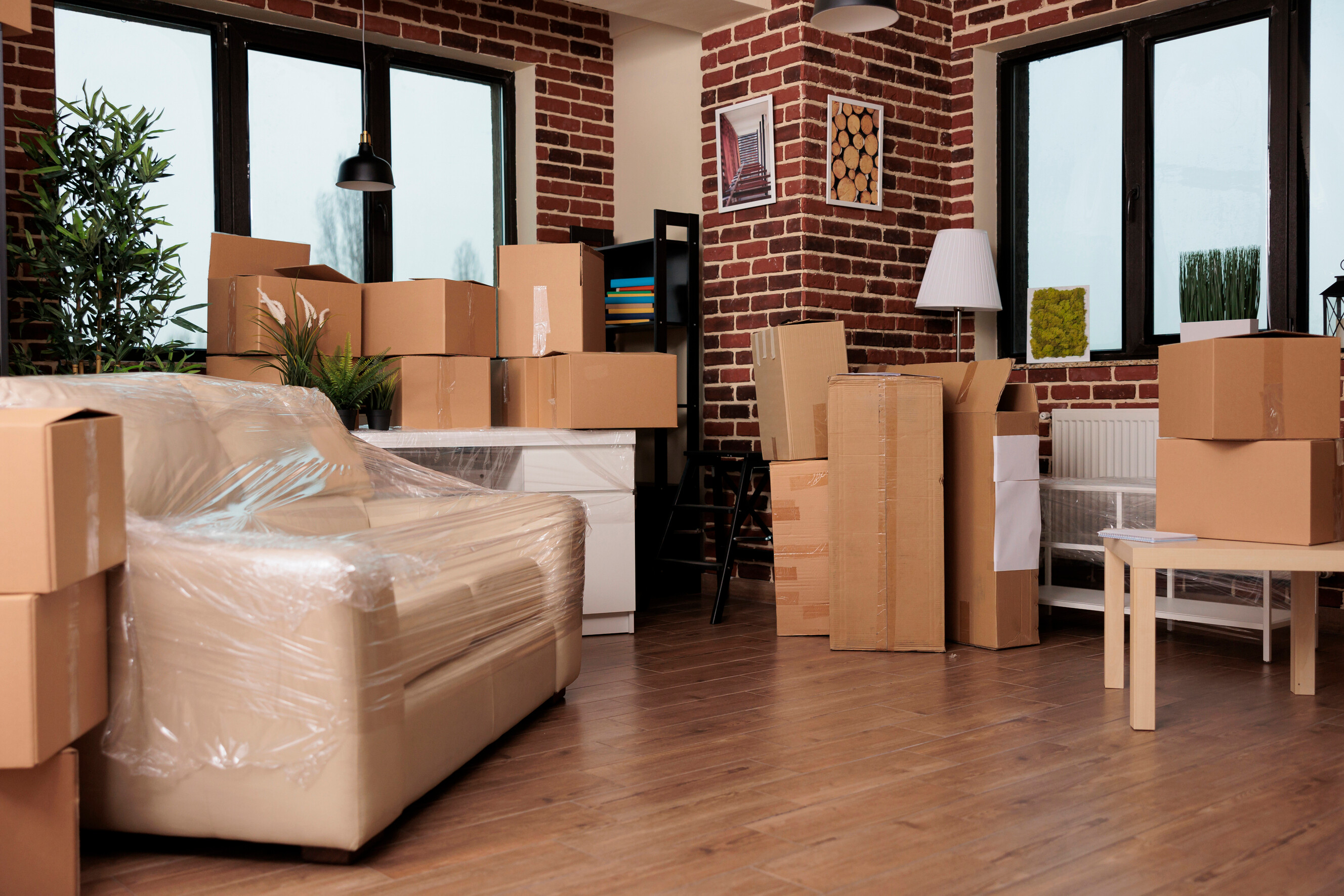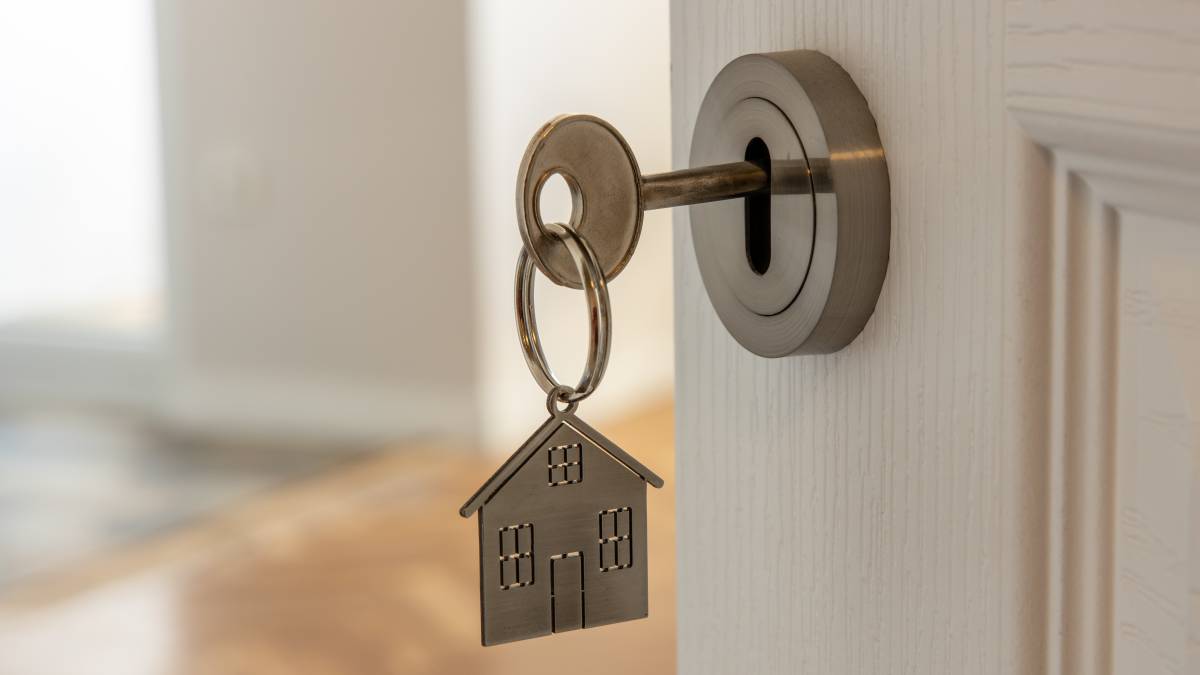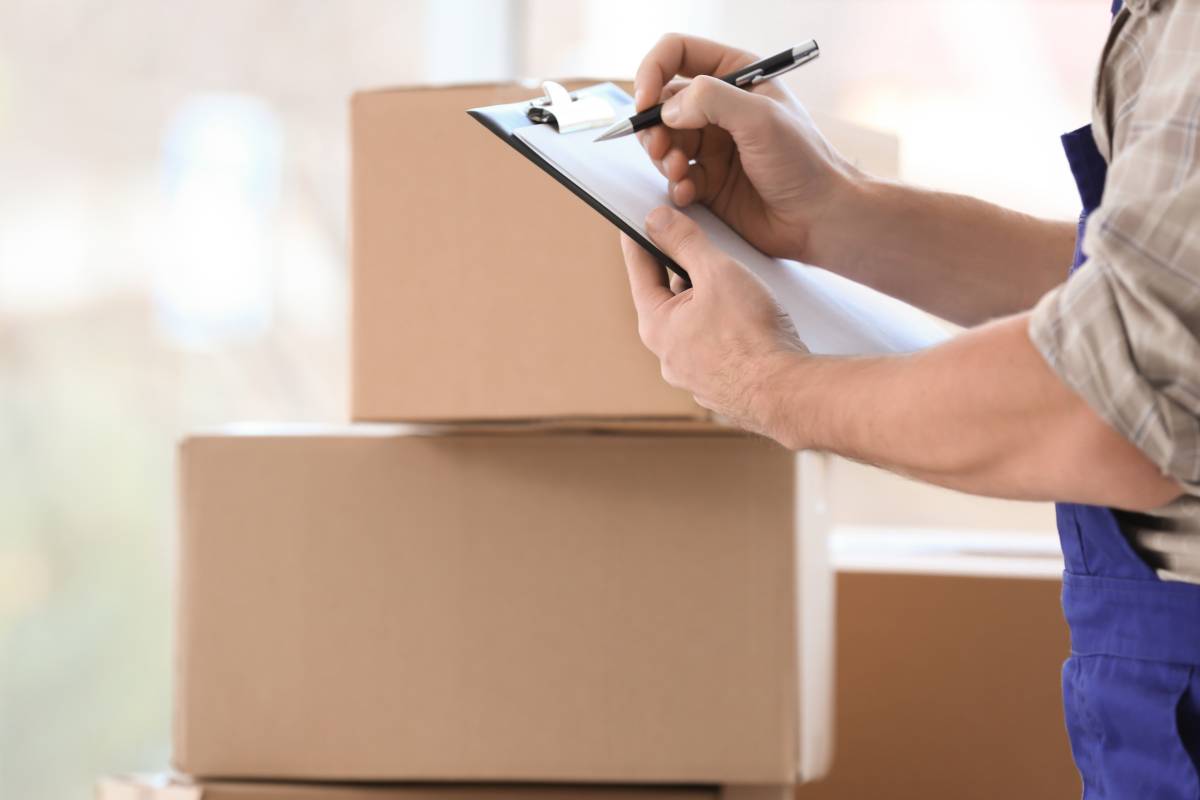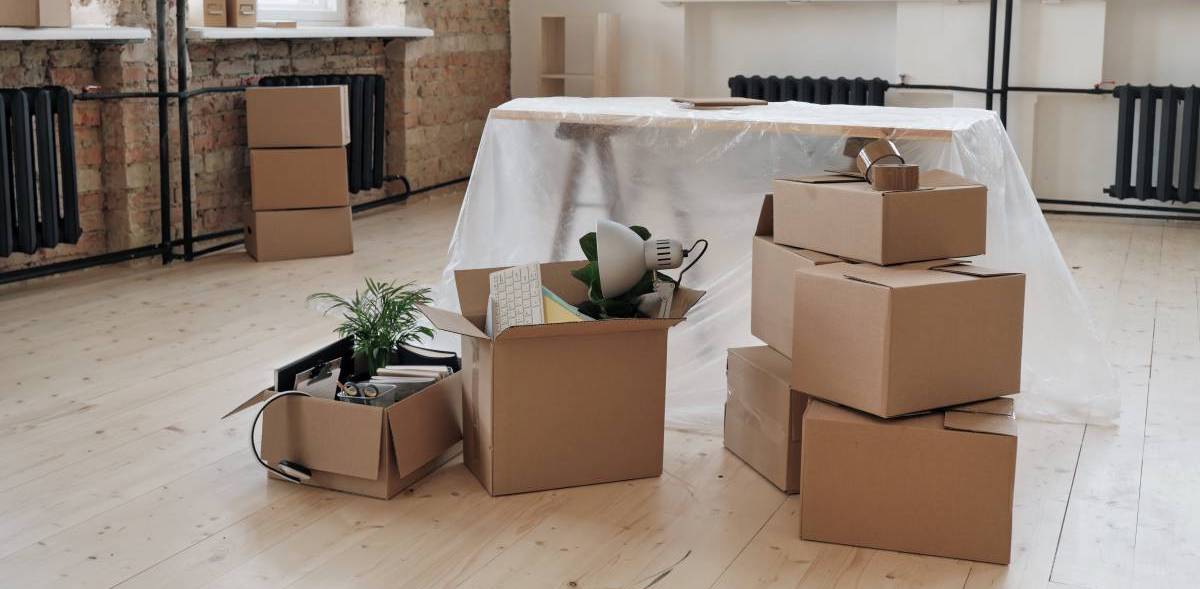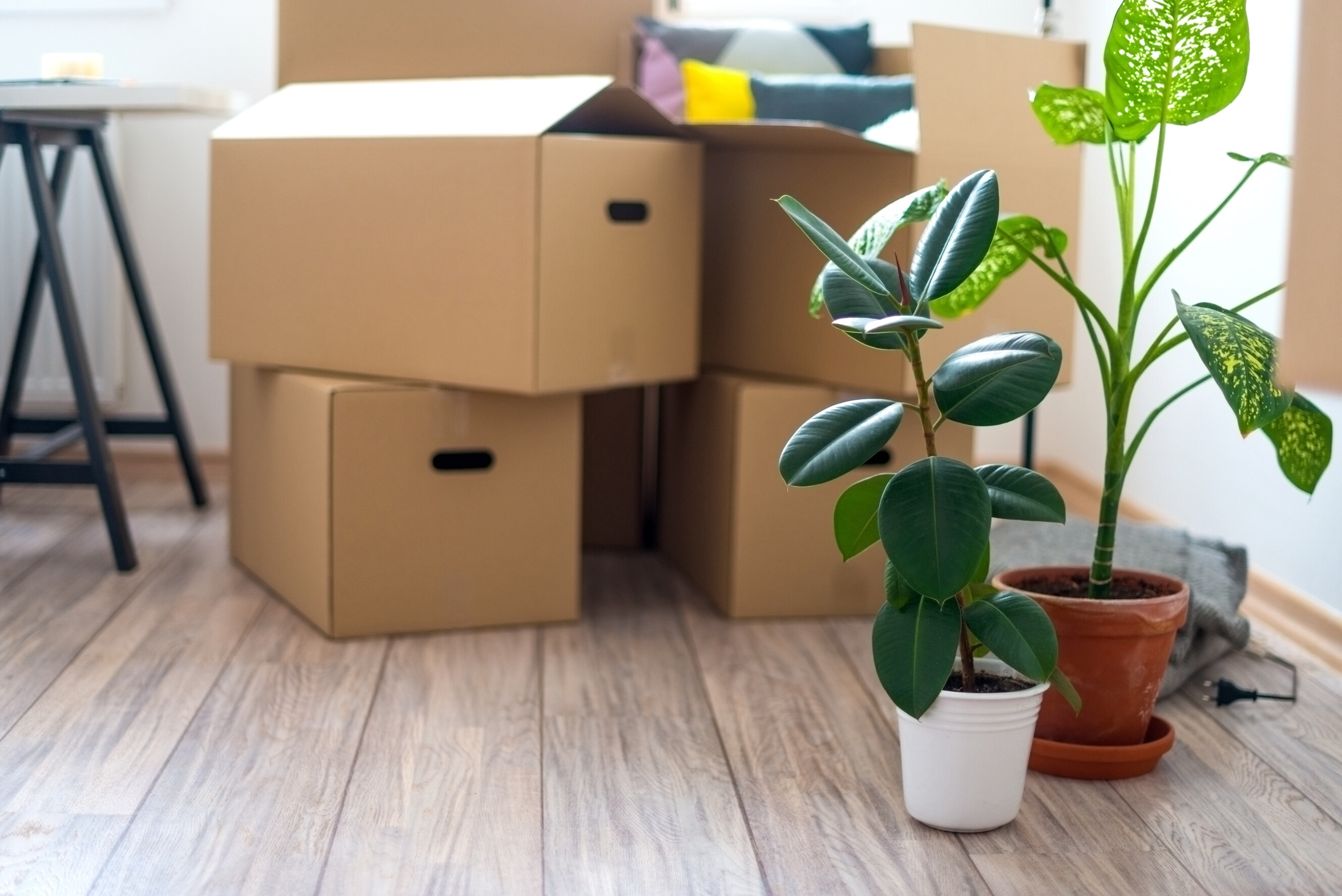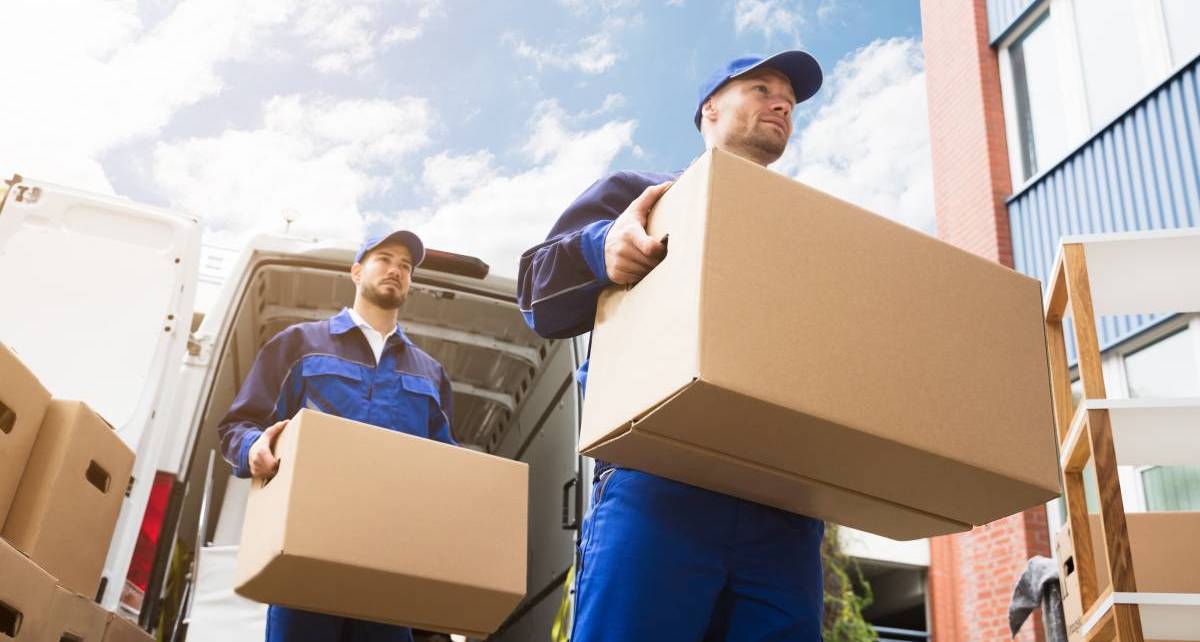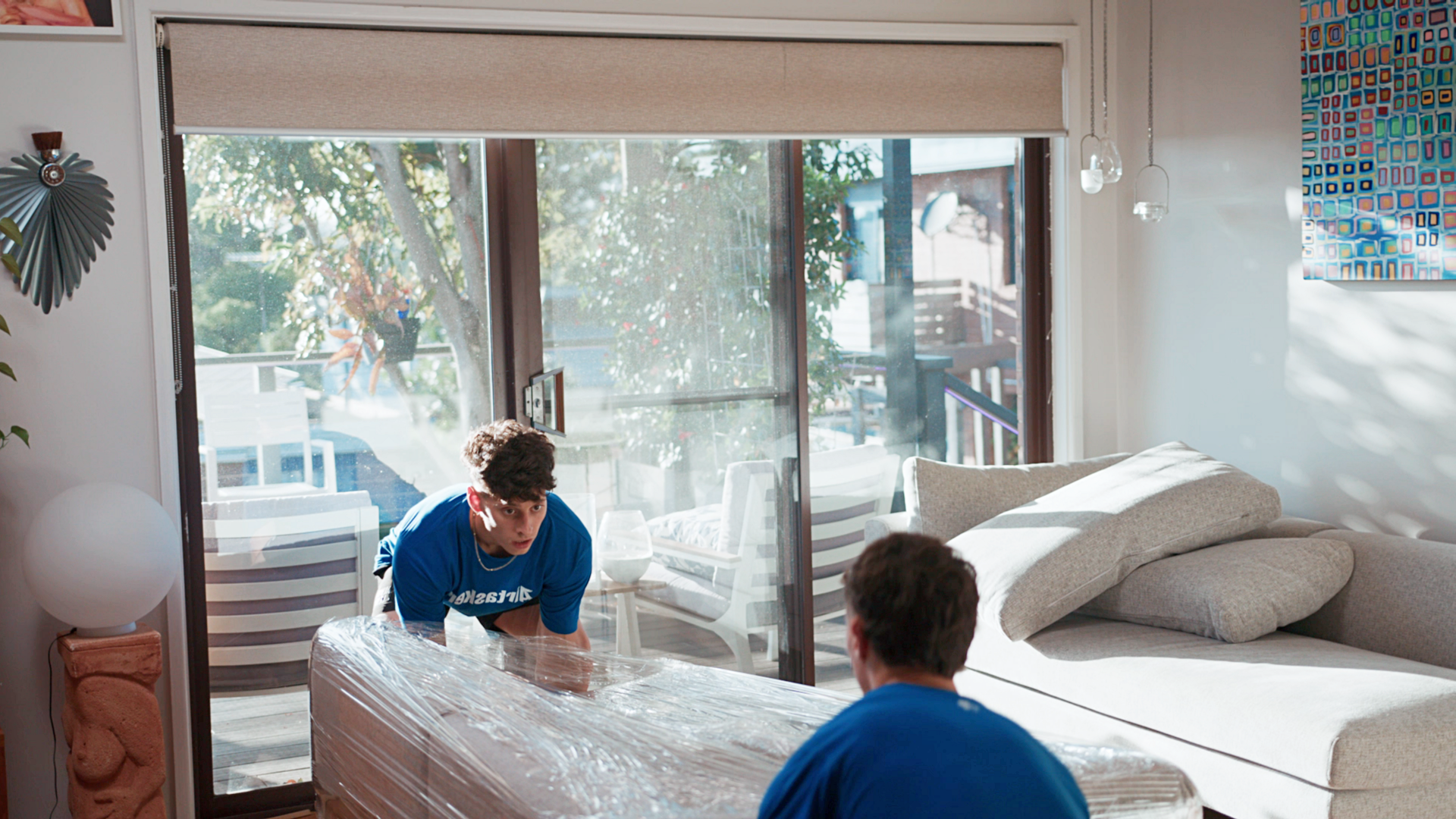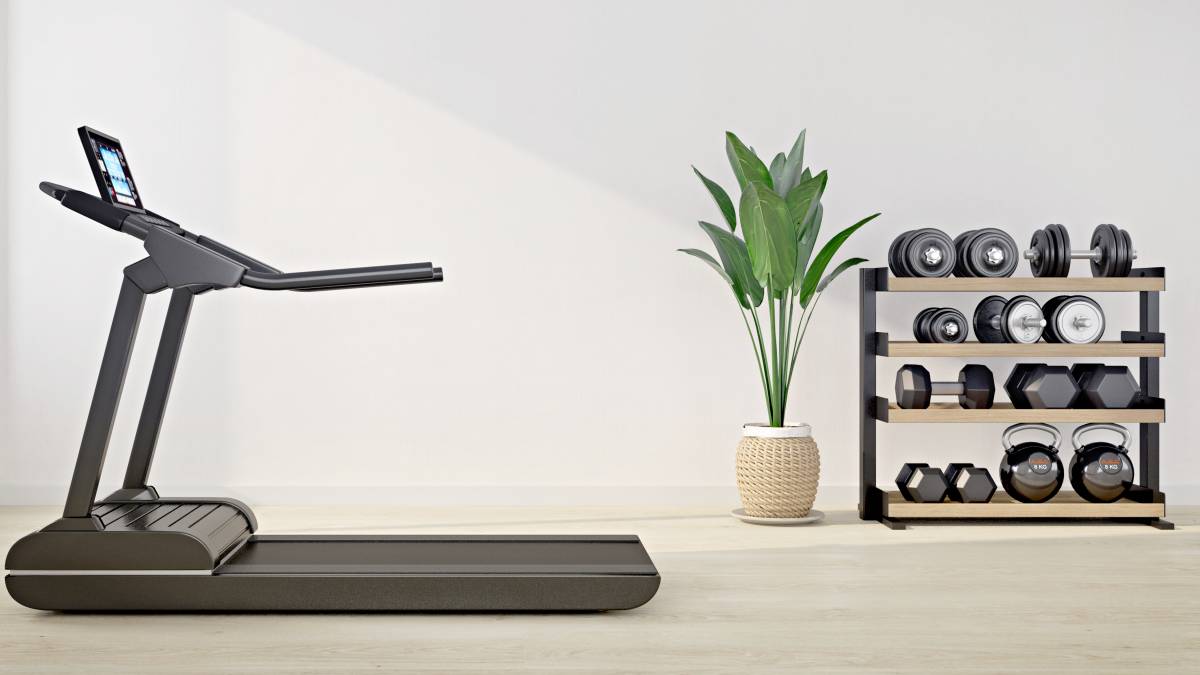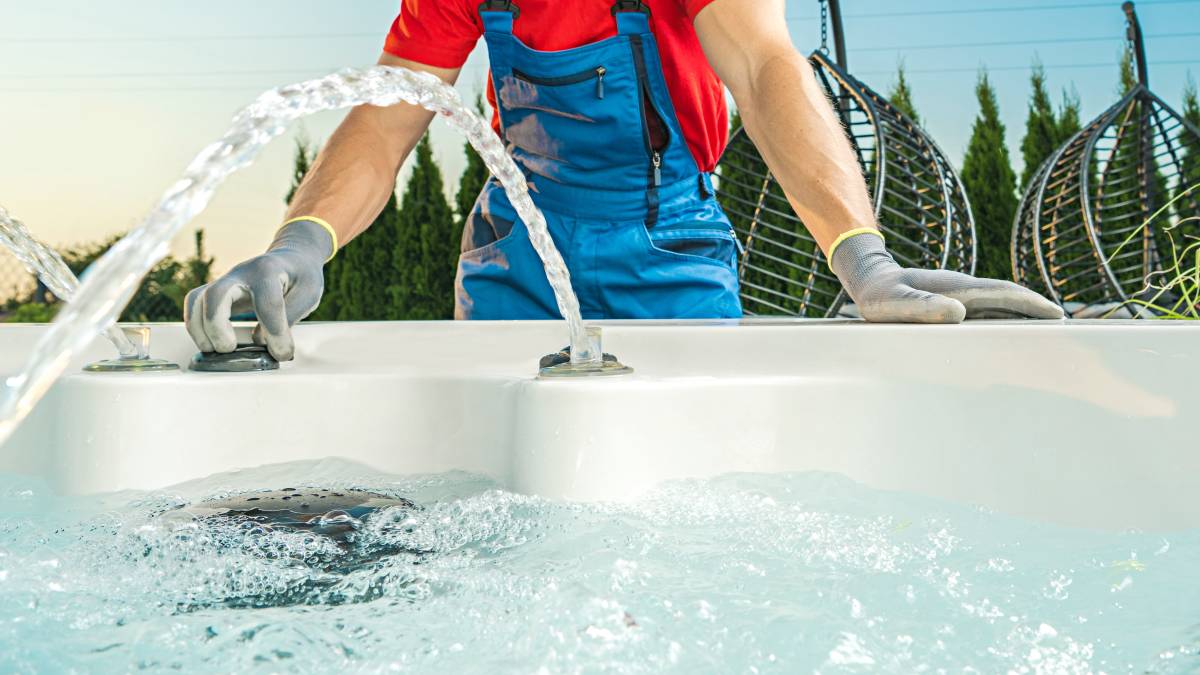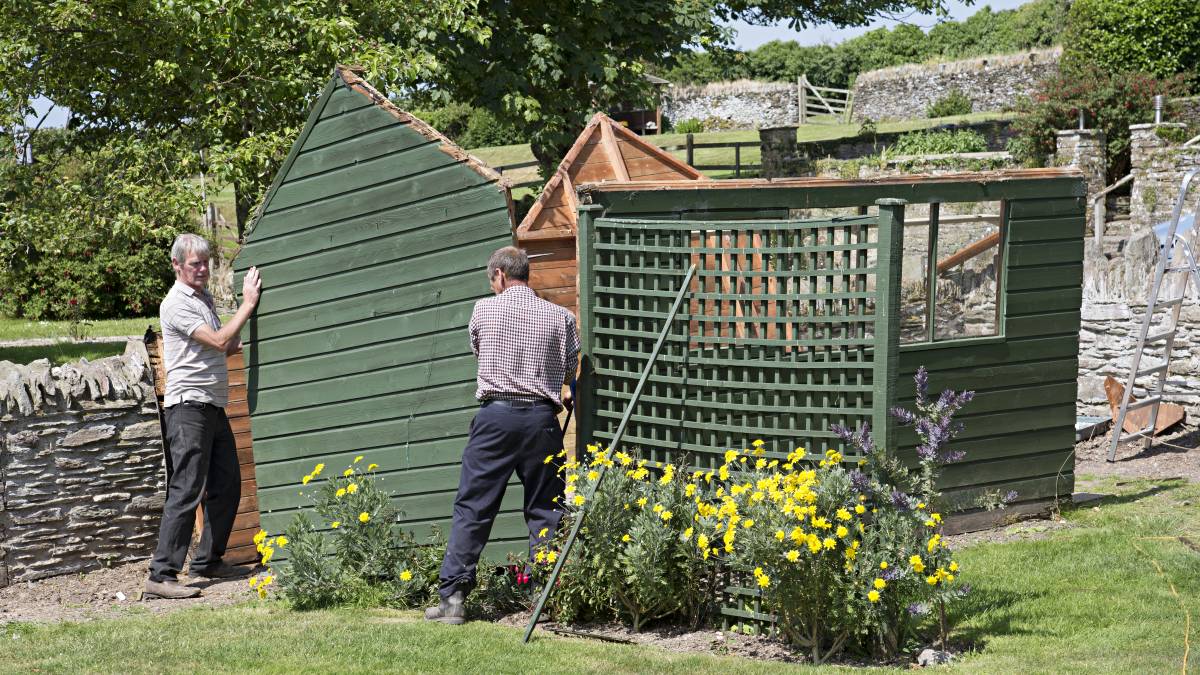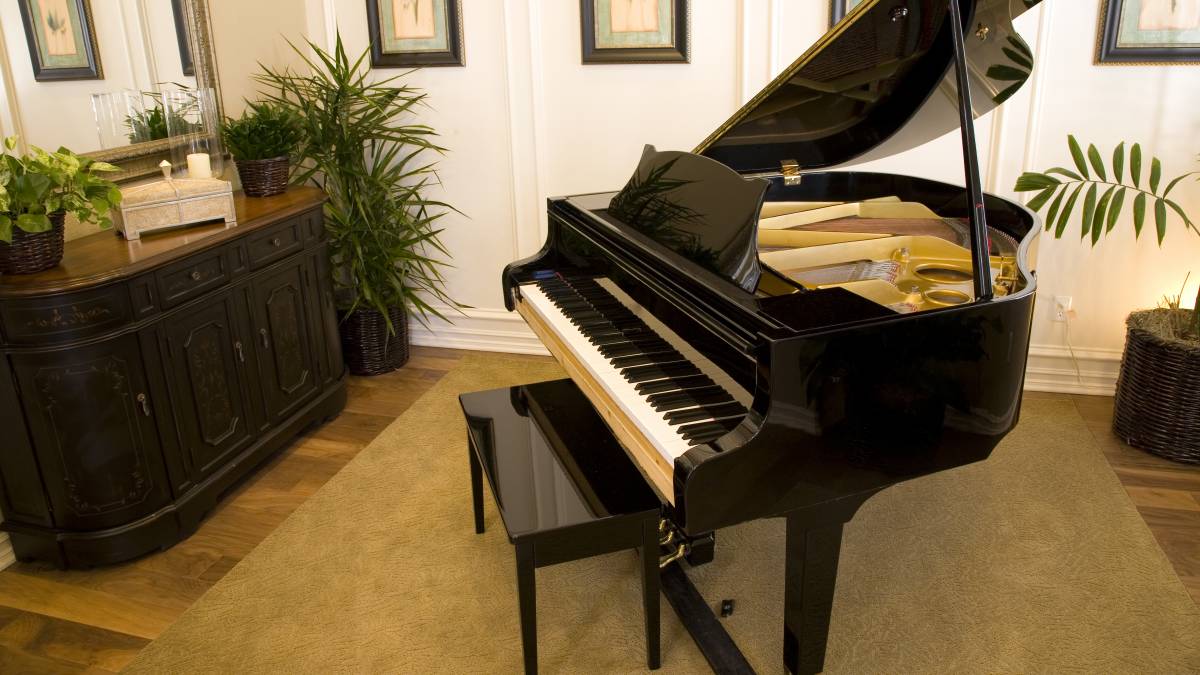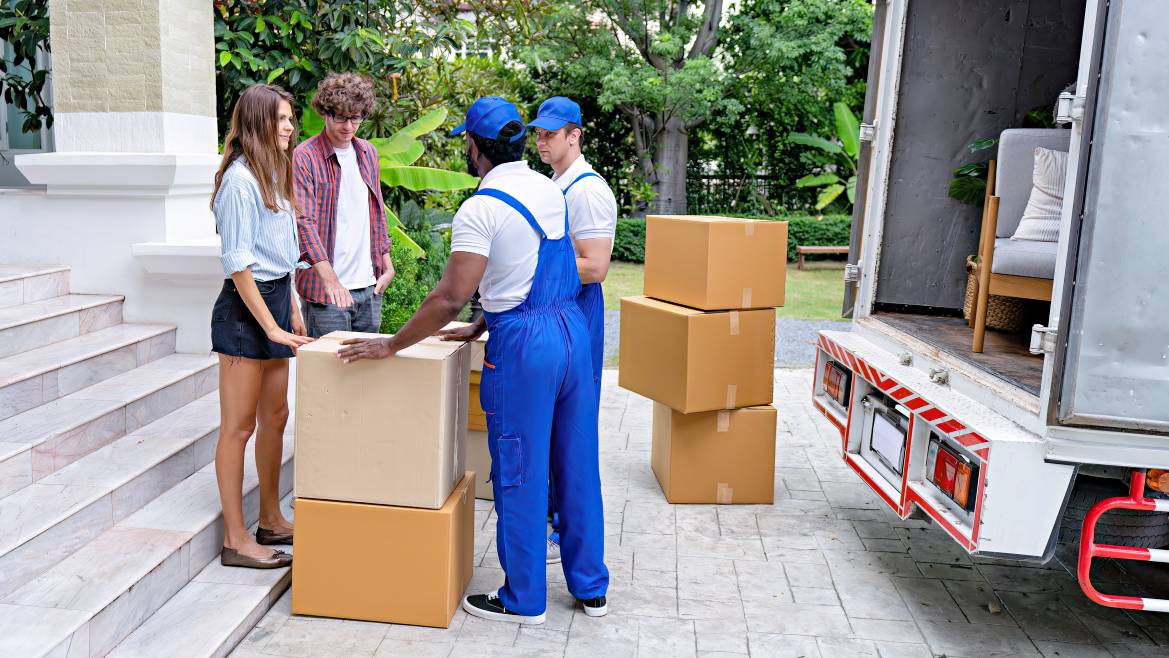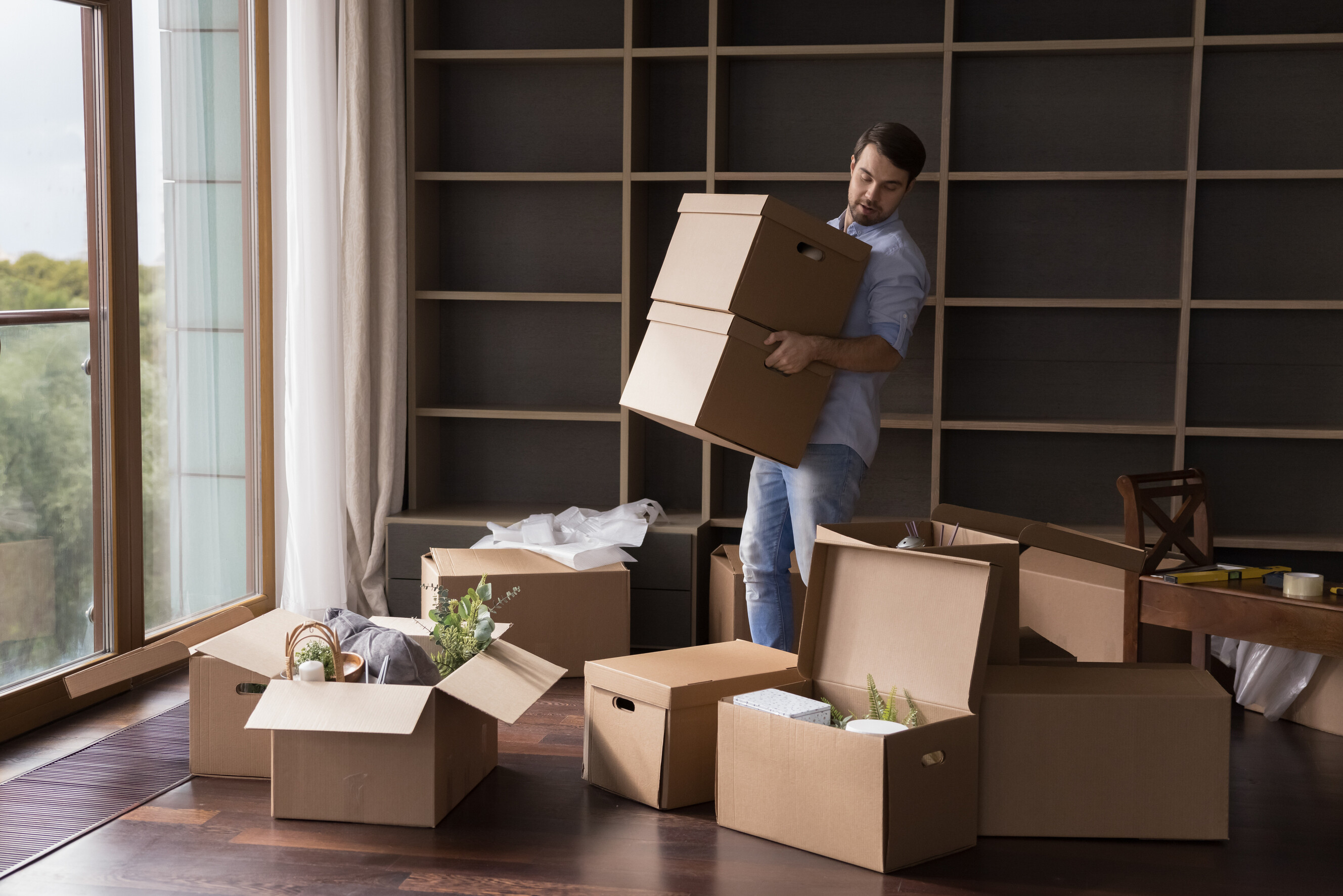
7 Hidden costs of DIY moving you probably didn’t expect
Why a DIY move is easier said than done
Find a moverPublished on

Written by Maureen C.
Contributor
Read more about our contributor
Key Takeaways:
DIY moving involves hidden costs like per-mile fees, mandatory environmental or disposal fees, and insurance charges for damage or loss.
While it seems cheaper upfront, a DIY move can take a toll on your physical and mental health.
Without careful planning, a self-move could end up costing you more than hiring professional movers.
Looking to move soon? You’re not alone. More than eight million Americans relocate across state lines each year, and for many, renting a truck feels like the simplest, most budget-friendly option. However, that headline price isn’t the full story. Behind the low rental rate are a host of hidden moving costs that can catch you off guard, such as fuel surcharges, tolls, and insurance gaps.
This article details the average cost of moving out in the US and exposes the hidden DIY moving expenses most people miss. Learn how to navigate these costs and move smarter below.
1. Actual rental truck costs
What are the costs to consider when moving house? Believe it or not, the big, bold “$80 a day” price is rarely what you end up paying. Once you include per-mile fees, mandatory environmental charges, and daily insurance add-ons, your estimate for moving can quickly double, or even triple, in cost.
On top of that, moving trucks are huge gas-guzzlers, meaning you’ll need to budget for a hefty fuel bill and road tolls. Whether you’re moving locally or across the country, these small costs add up fast, so you need to account for them in your moving budget.
The US Census Bureau also reports that the rate of “return-home” moves—in which people move back to their state of birth—has risen to 4.7% in recent years. With more long-distance relocations happening, planning your route and understanding distance-based charges is necessary to avoid surprises when you pull up at your new home.
2. Moving supply expenses
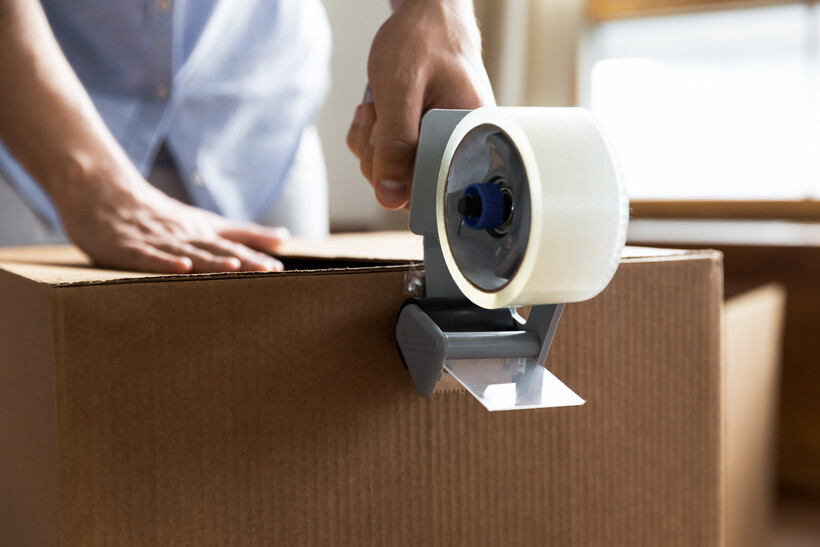 DIY packing with tape dispenser. (Source: iStock)
DIY packing with tape dispenser. (Source: iStock)
Many people think they can score packing boxes for free, but this assumption often falls short of reality. When you’re moving all your belongings from one place to another, you’ll need more than just dozens of moving boxes. You’ll also need packing supplies like tape, bubble wrap, padding, and packing paper to protect your items properly.
Here’s a look at the average moving expenses related to packing supplies:
Packing Item |
Typical Cost Range (USD) |
|---|---|
Packing Tape |
$2 - $6 per roll |
Moving Boxes |
$0 - $6 per box |
Bubble Wrap |
$14 - $90 per roll |
Packing Paper |
$10 - $20 per 100 sheets |
Furniture Pads |
$14 - $30 per pack |
In addition to supplies, set aside $50 to $200 for renting essential moving equipment. These can cost more depending on hourly rates and the number of items you need. Some common equipment to help you stay organized during your self-move include:
Loading ramps
Furniture and appliance dollies
3. DIY moving insurance gaps
One of the biggest risks in a self-move is insurance, or lack thereof. Many standard homeowner’s or renter’s insurance policies in the US don’t cover belongings in transit. If an accident occurs during your move, you may find yourself personally liable for damages to your possessions.
While the FMCSA requires motor carriers to maintain minimum coverage, rental truck insurance typically offers only basic protection that may not fully cover your belongings’ value. You’ll likely need to purchase additional moving insurance to properly protect your items, which can be both costly and tedious to arrange. Without it, a single mishap could leave you out thousands of dollars.
4. Damage and repair costs
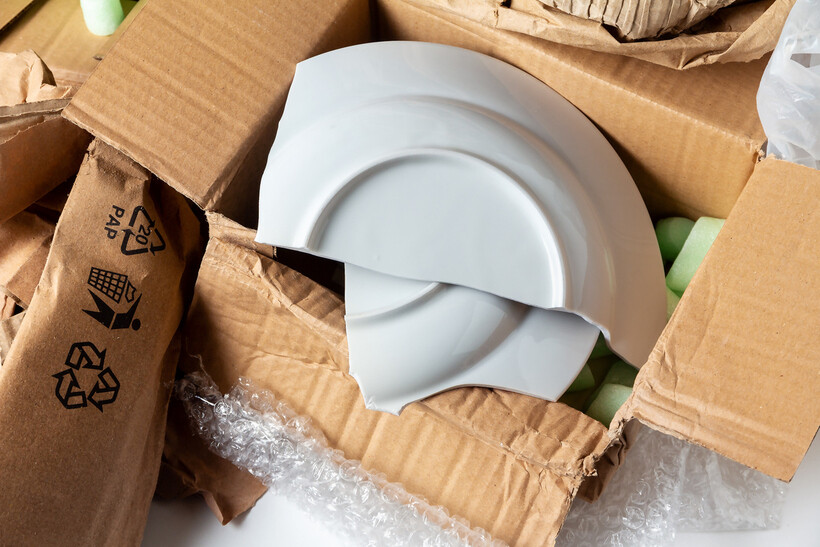 Fragile kitchenware damaged in transit. (Source: iStock)
Fragile kitchenware damaged in transit. (Source: iStock)
The risk of dropping your TV, scratching the hardwood floor, denting a wall, or breaking other prized possessions during a DIY move is never zero. Without professional packing and lifting techniques, even minor accidents can quickly eat into your savings.
With the US annual inflation rate up by 2.9% this August, an uninsured repair or replacement bill (up to $390 for a damaged cabinet door) could blow your budget. A single mistake on moving day could end up costing you more than hiring professional movers would have.
5. Time and lost income
A DIY move doesn’t fit neatly into a weekend. It often takes multiple days of packing, loading, driving, unloading, and unpacking. So think about how much your time is worth, and consider whether you’re prepared to take time off work.
Remember, those days of missed income for two (or more!) people can add up quickly. Beyond investing these working hours, moving alone can be mentally exhausting. While you might save on moving fees by not hiring professionals, this approach could cost you elsewhere, in your time and lost wages.
6. Injury and medical costs
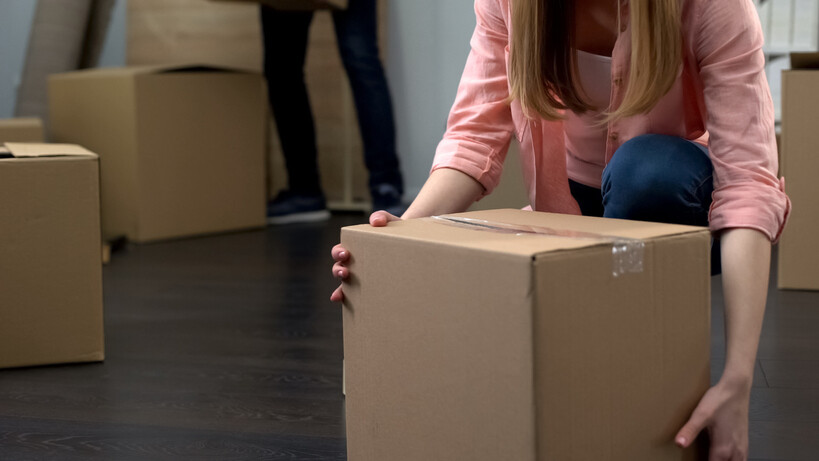 Lifting a packed box during a DIY move. (Source: iStock)
Lifting a packed box during a DIY move. (Source: iStock)
Here’s a cost many don’t consider until it’s too late: medical bills. Lifting heavy furniture from one place to another without proper gear or technique can lead to serious strains on your back, knees, or muscles. These seemingly temporary physical injuries can cost you expensive medical bills and treatments if you’re not careful.
According to the National Safety Council, overexertion, often caused by lifting, pushing, or pulling heavy objects, is the leading cause of days missed from work.
So before you attempt to save money and take shortcuts on carrying that heavy couch all on your own, think carefully about these unexpected moving costs. Prioritize safe handling techniques when performing heavy lifting.
7. Post-move cleanup costs
The big residential move isn’t over when the truck is empty. Many DIY movers often forget about post-move cleanup, especially if they’re renting. You might have settled comfortably into your new home after moving by yourself, but that trash pile at your old place? You can’t ignore it forever.
Factor in the cost of making multiple trips to dispose of unwanted items and junk—both gas and your time add up. More importantly, don’t risk losing your security deposit because your old place wasn’t cleaned properly.
Move-out cleaning is key to getting your deposit back and avoiding disputes with your landlord. In the US, the average cost for a move-out clean for a standard three-bedroom home typically ranges from $130 to $450, depending on location, property condition, and additional services needed.
Move smarter, not harder, by bringing in the pros
While DIY moving might work for some folks, hiring professional movers can take a huge load off your plate. These pros are equipped with years of experience, the right gear, and packing know-how. They also save you the physical and mental stress of moving—so, really, is doing it all yourself worth the risk?
If you’re looking for experts, Airtasker connects you with top-rated local movers near you. Compare quotes, schedule services whenever you need them, and get peace of mind knowing your belongings are safely handled into your new home.
Learn more about our contributors

Written by Maureen C.
Contributor
Maureen C. is a writer with a passion for crafting clear, meaningful content. With a degree in English Literature and experience writing for lifestyle and educational platforms, she brings a thoughtful approach to topics such as home safety and improvement, logistics, and eLearning. Outside of writing, she enjoys reading and walking her dogs.
FAQs on DIY moving
In the US, a good moving budget typically ranges from $1,500 to $5,000 for a local or interstate move. Long-distance self-moves can easily reach $10,000 or more, once you add extras like packing services, storage, temporary housing, and cleaning fees.
The most expensive part of moving in the US is paying for moving costs or hiring professional movers. Their rates typically range from $80 to $150 per hour, depending on the distance, size of the move, and services required.
The cheapest days to hire movers in the US are typically Tuesday or Wednesday. Midweek moves have lower demand, so there are better rates and more flexible scheduling options compared to weekends.
Find local movers, fast
Find a local mover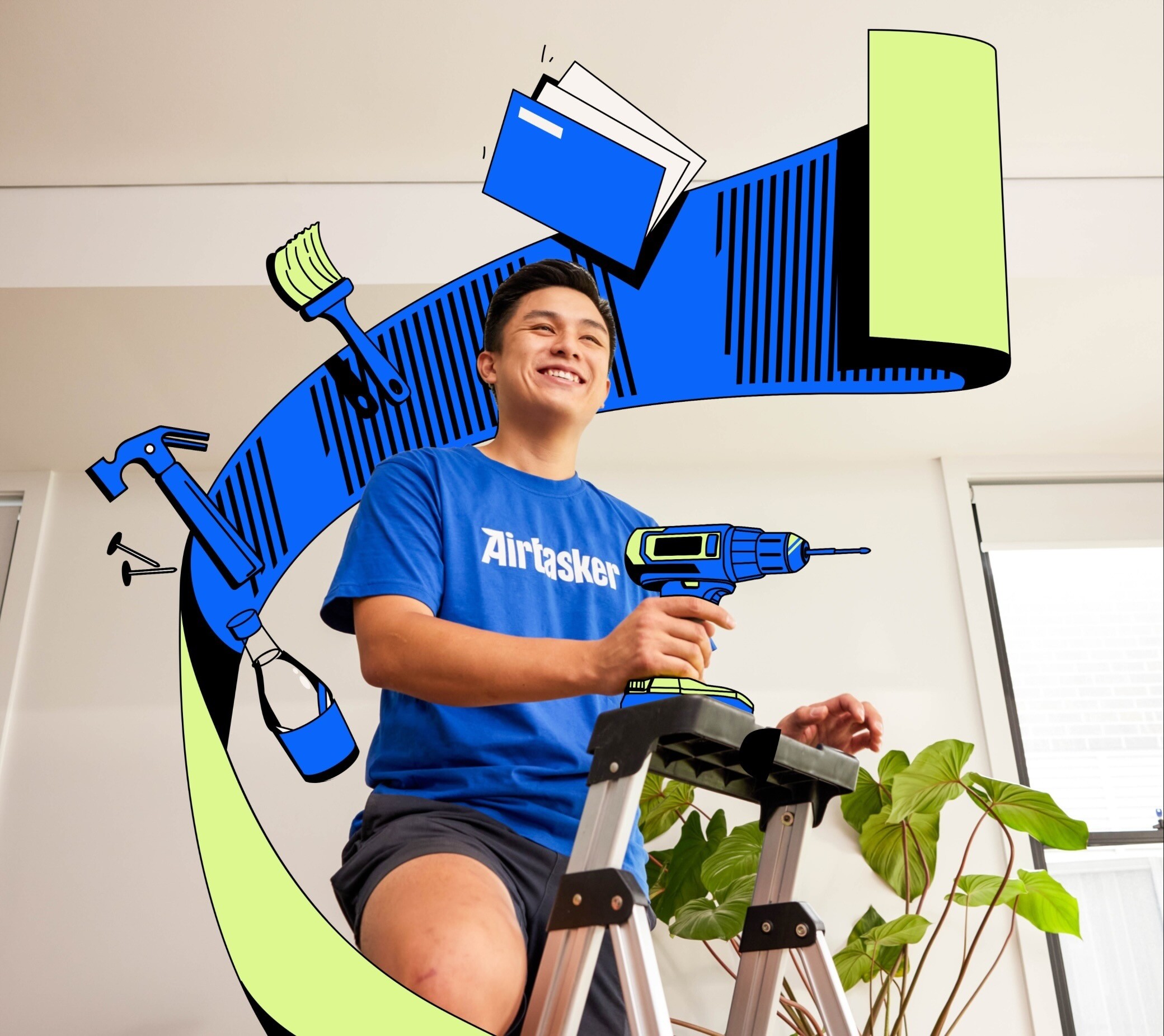
Related articles
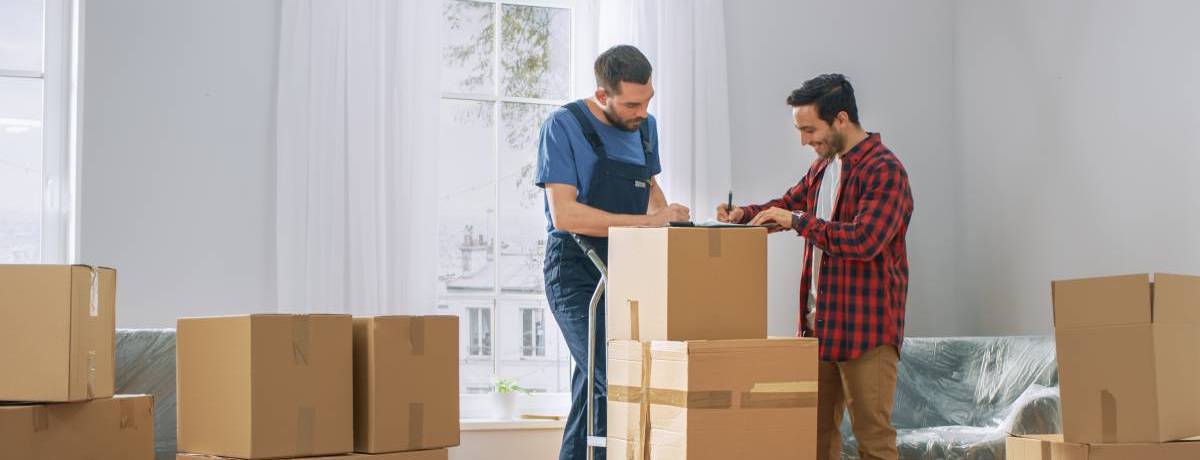
A guide to becoming a mover
Read more
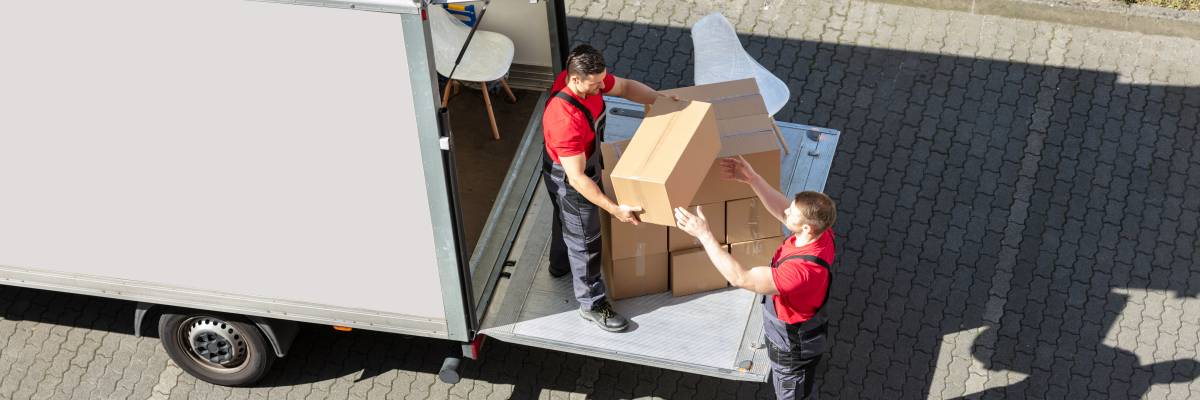
How much do movers make?
Read more

Moving out of state checklist
Read more
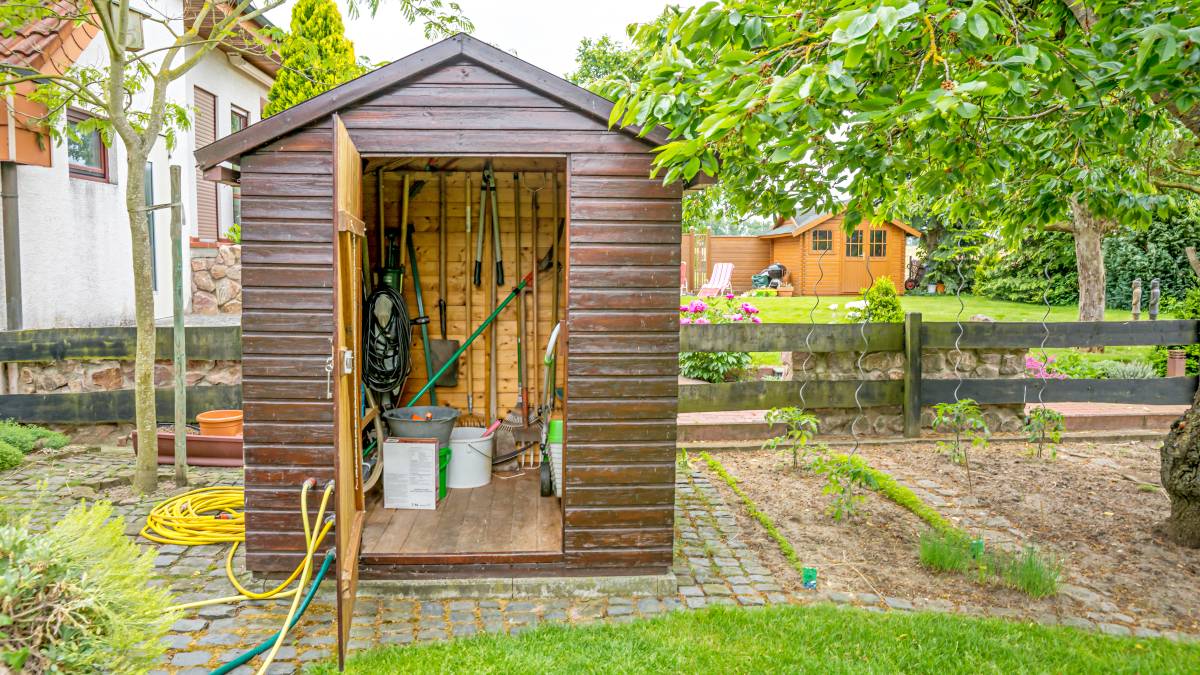
How to move a shed
Read more

Tips for moving house with kids
Read more

How to pack artwork for moving
Read more
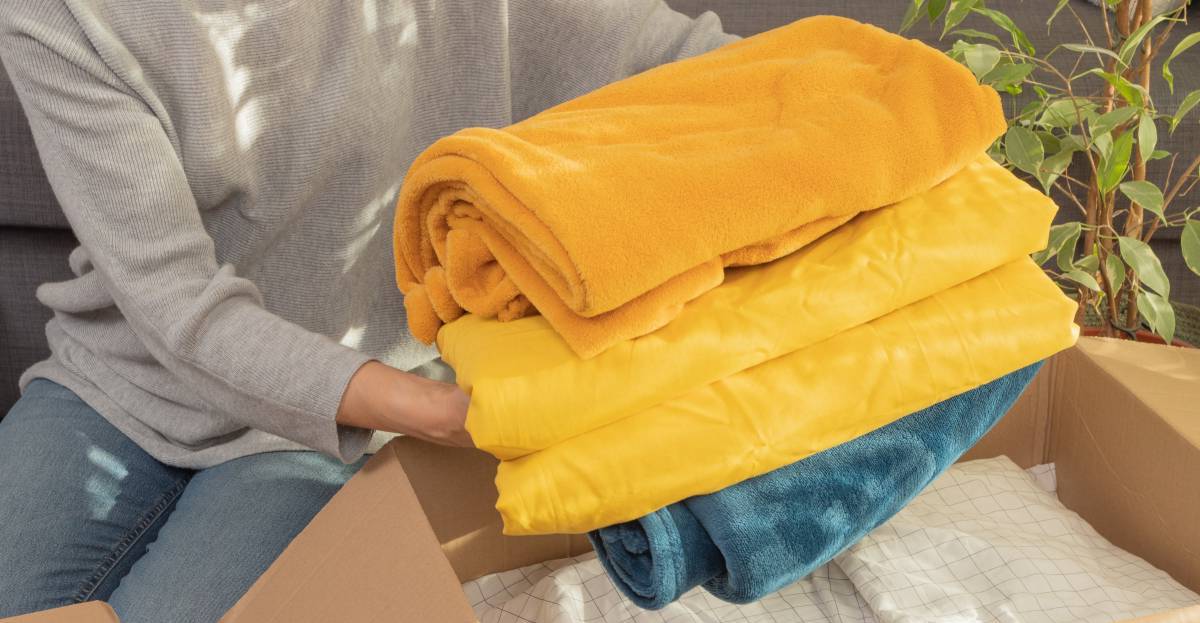
How to pack bedding for moving
Read more

How to move a pool table
Read more

How to pack books for moving
Read more

How to pack kitchen items
Read more
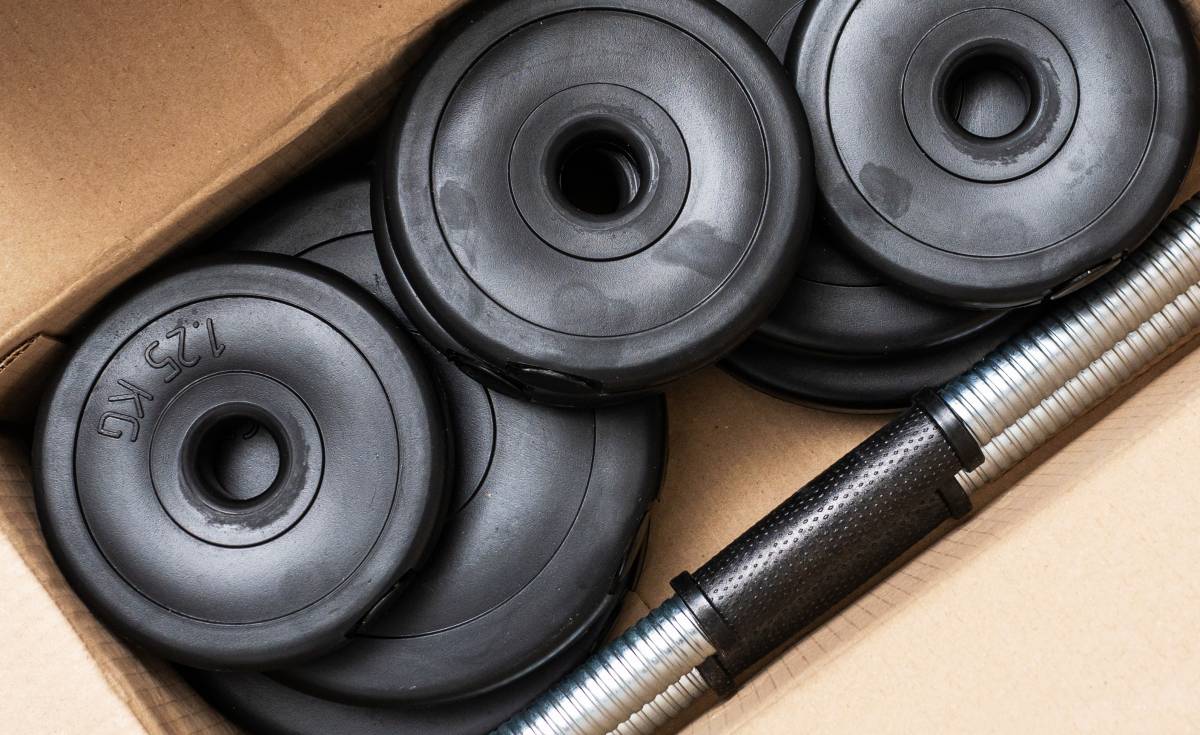
How to move gym equipment safely
Read more
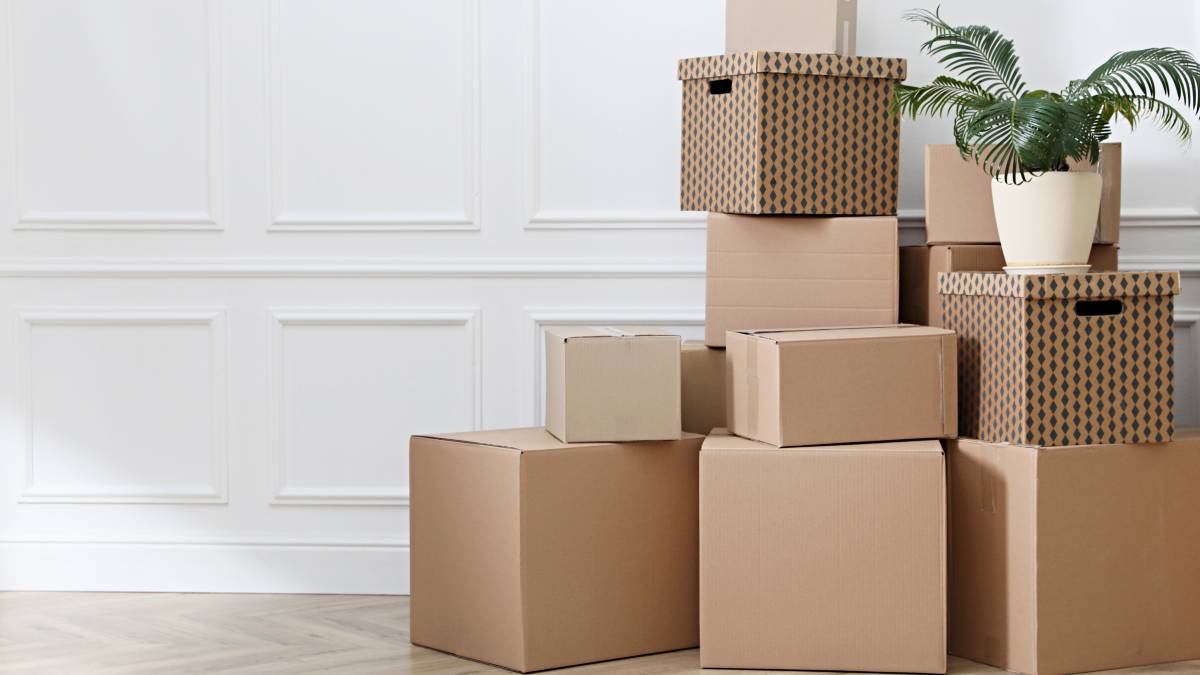
Where to get moving boxes for free
Read more

How to move a pinball machine
Read more

What movers won’t move
Read more

Moving interstate checklist
Read more
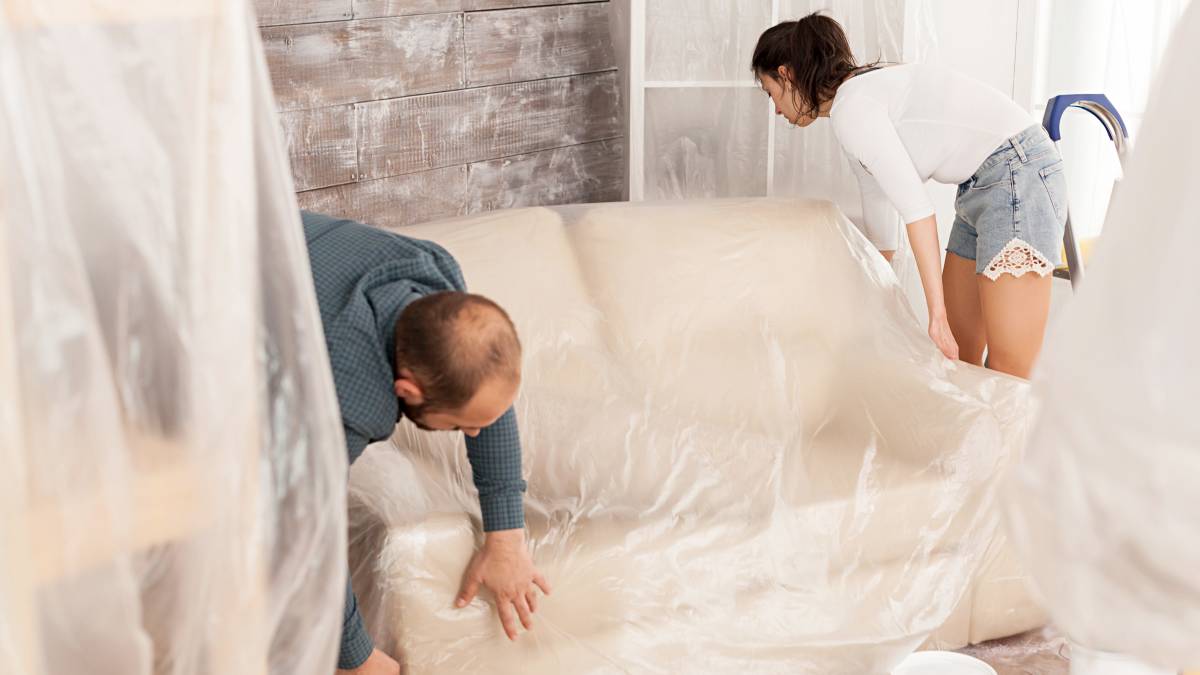
How to wrap furniture for moving
Read more
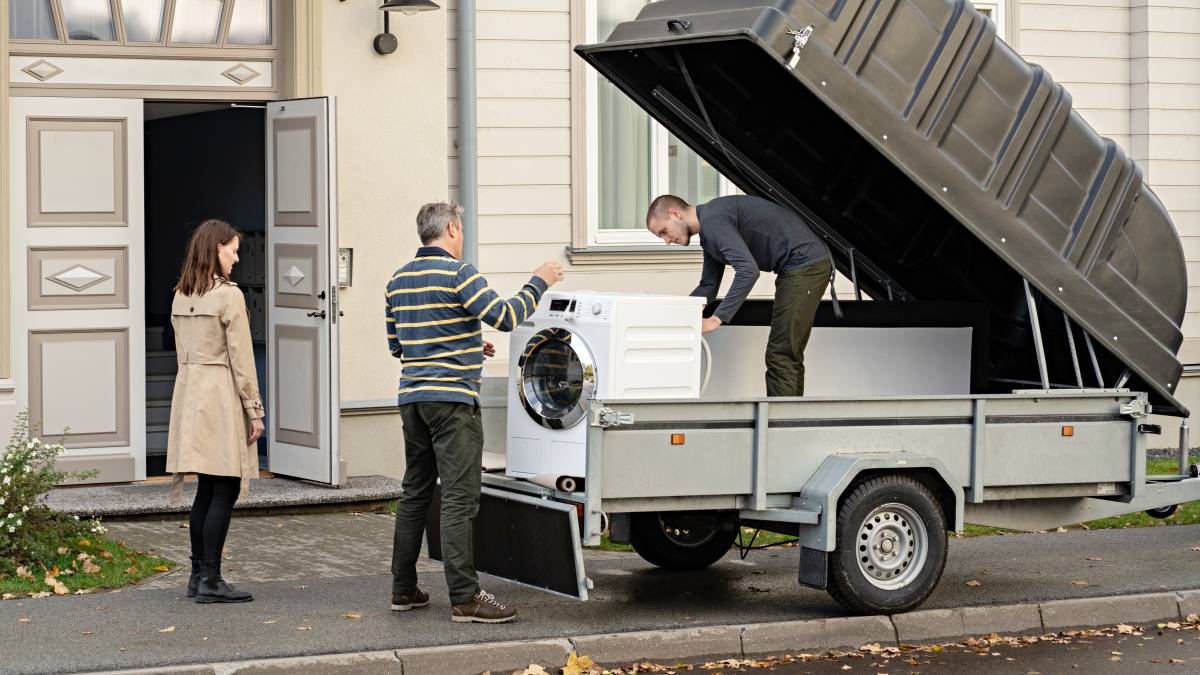
How to move a washing machine
Read more
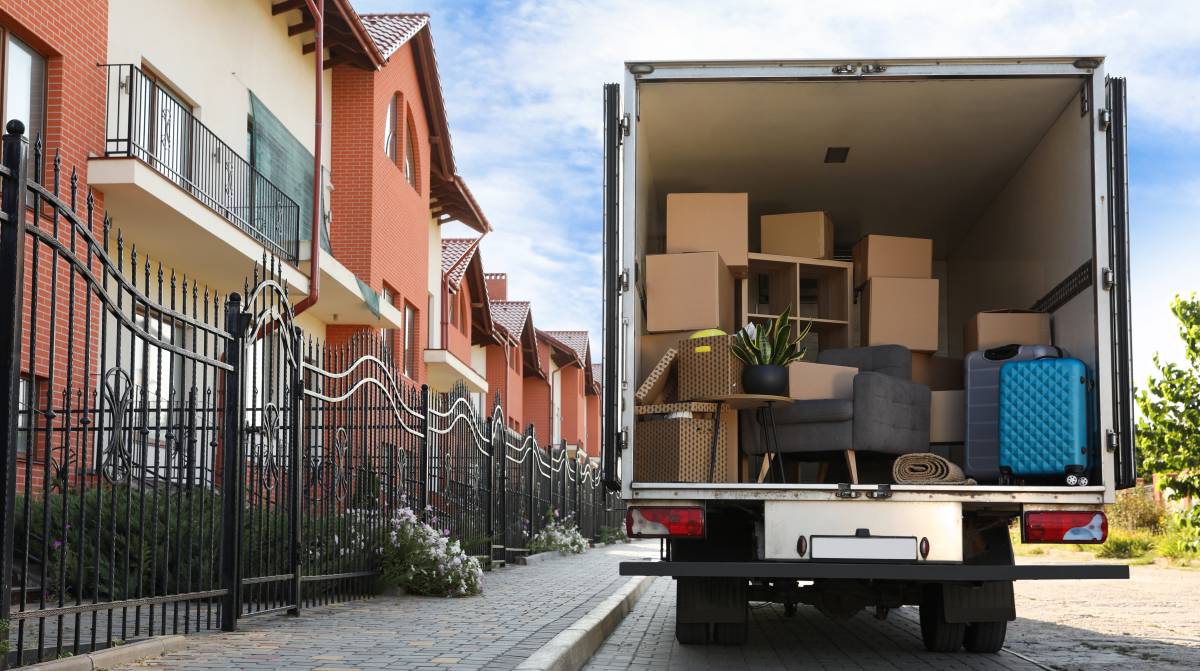
How to pack a moving truck
Read more
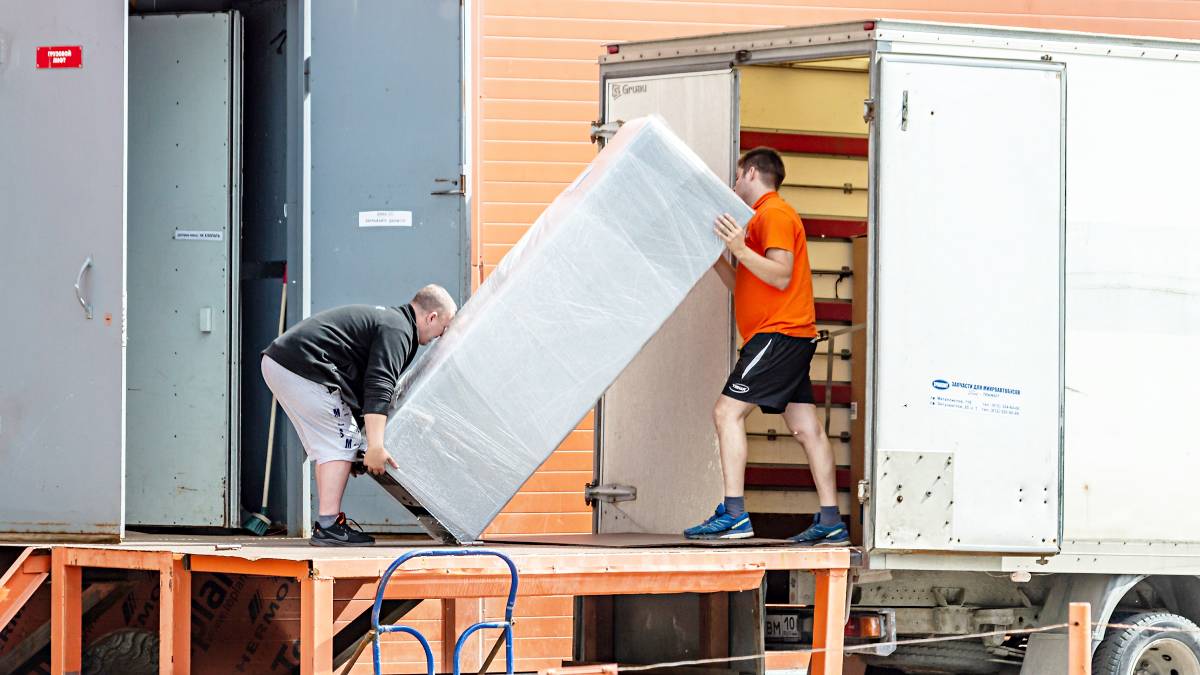
How to move a refrigerator
Read more
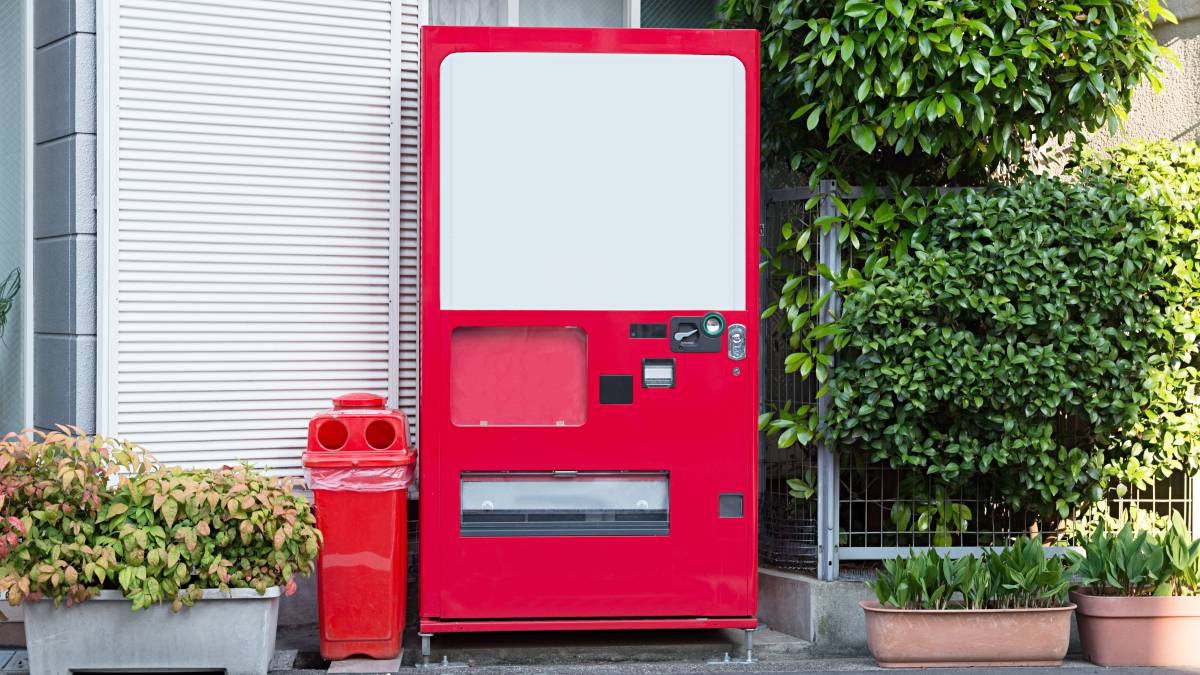
How to move a vending machine
Read more

The ultimate packing and moving list
Read more
Related price guides
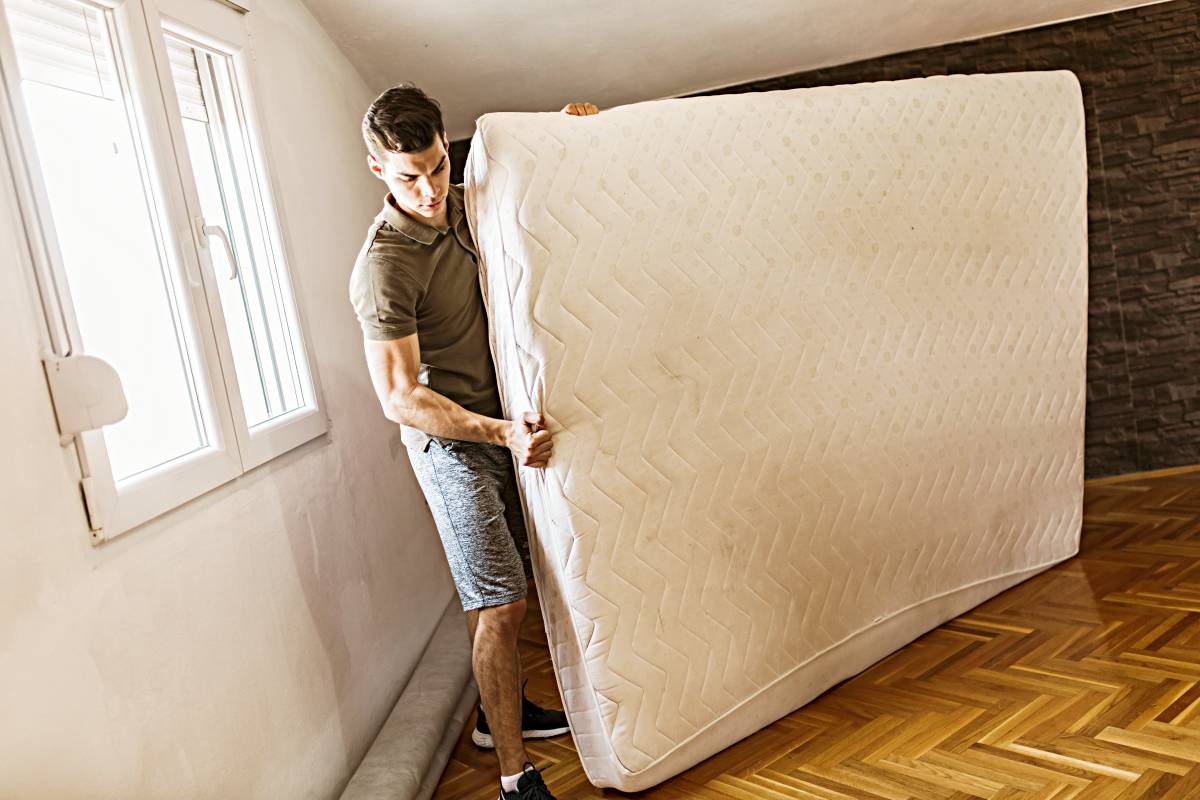
How much does mattress removal cost?
Read more
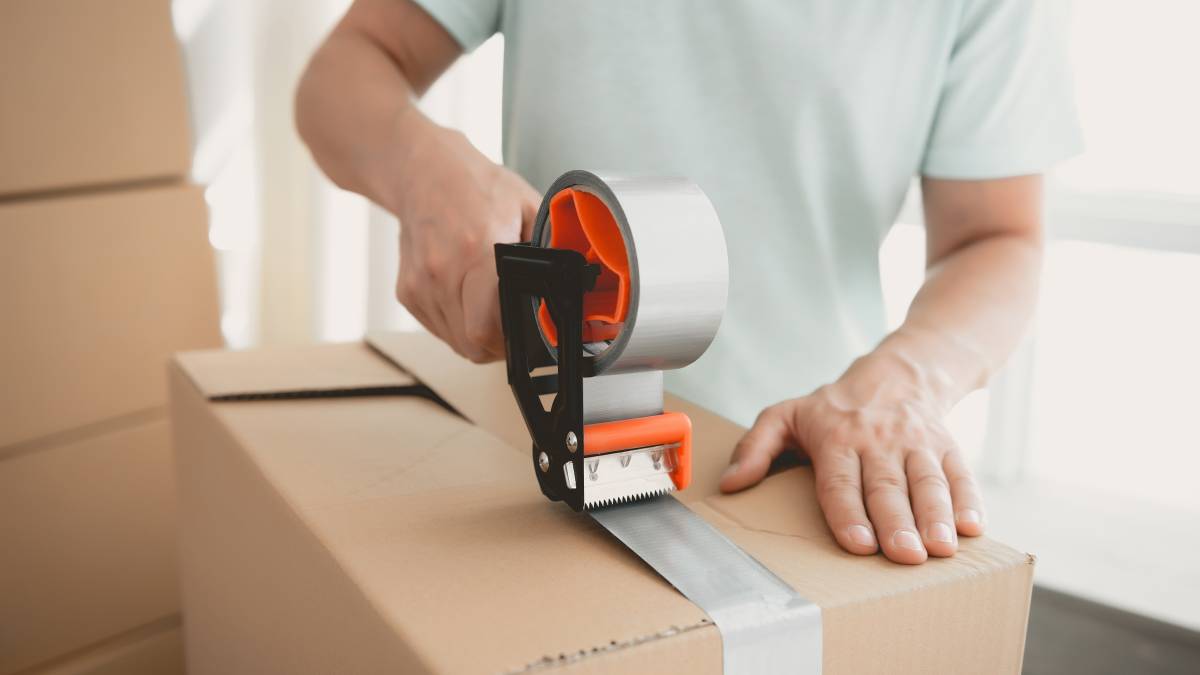
How much do packers cost?
Read more

